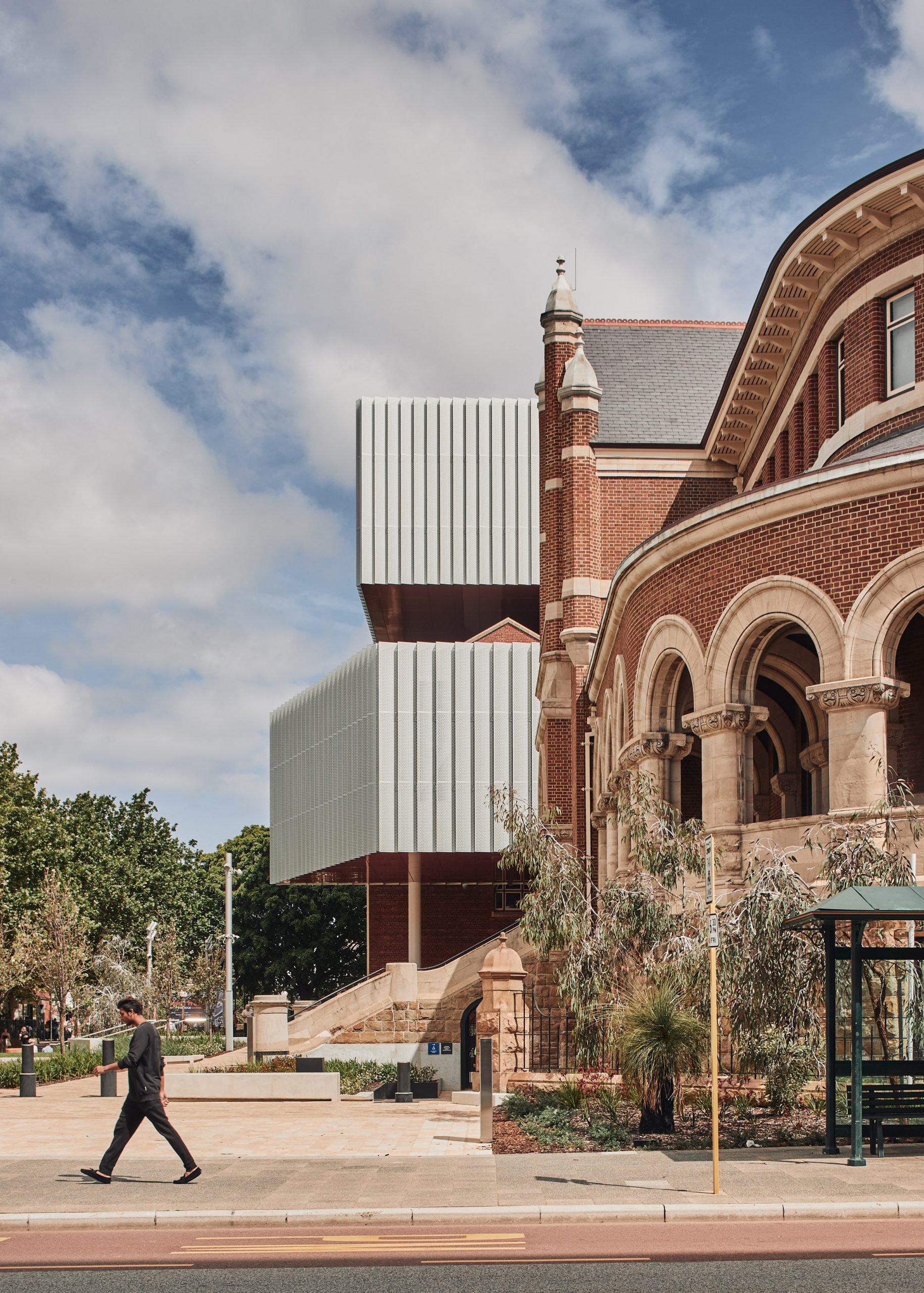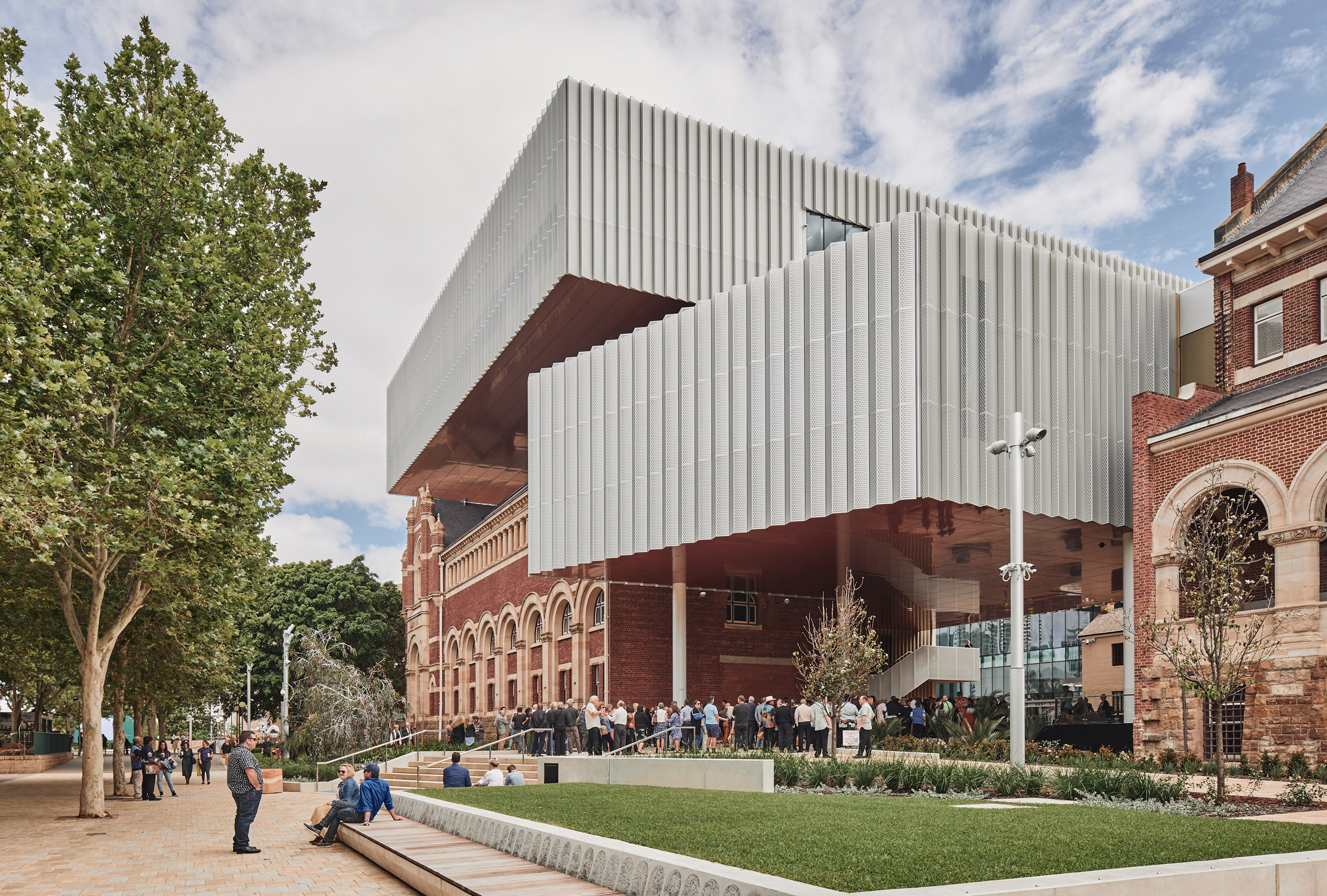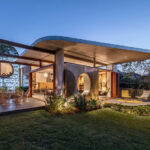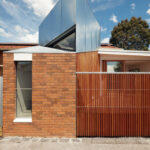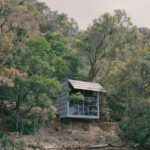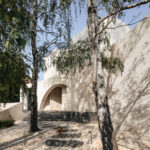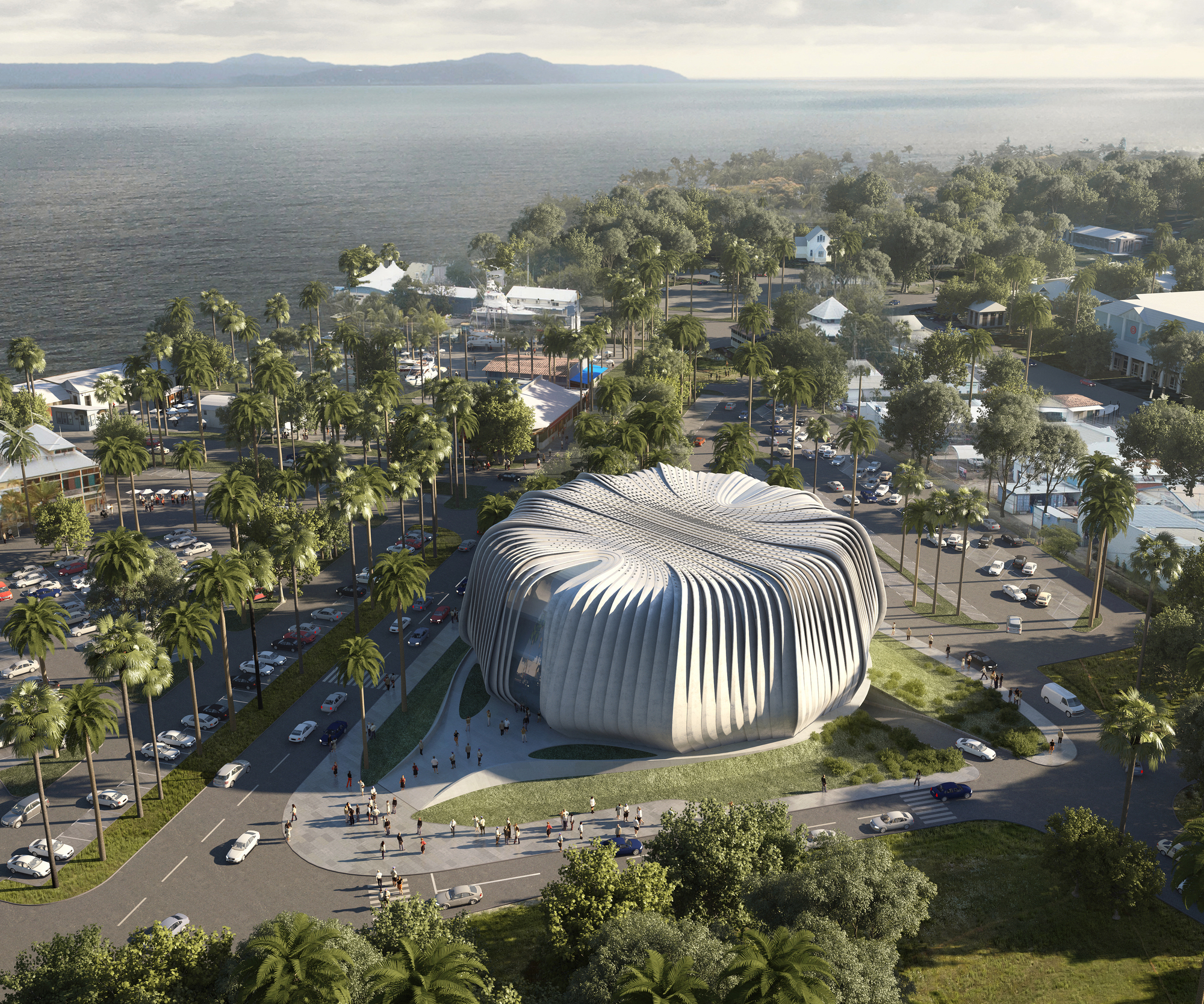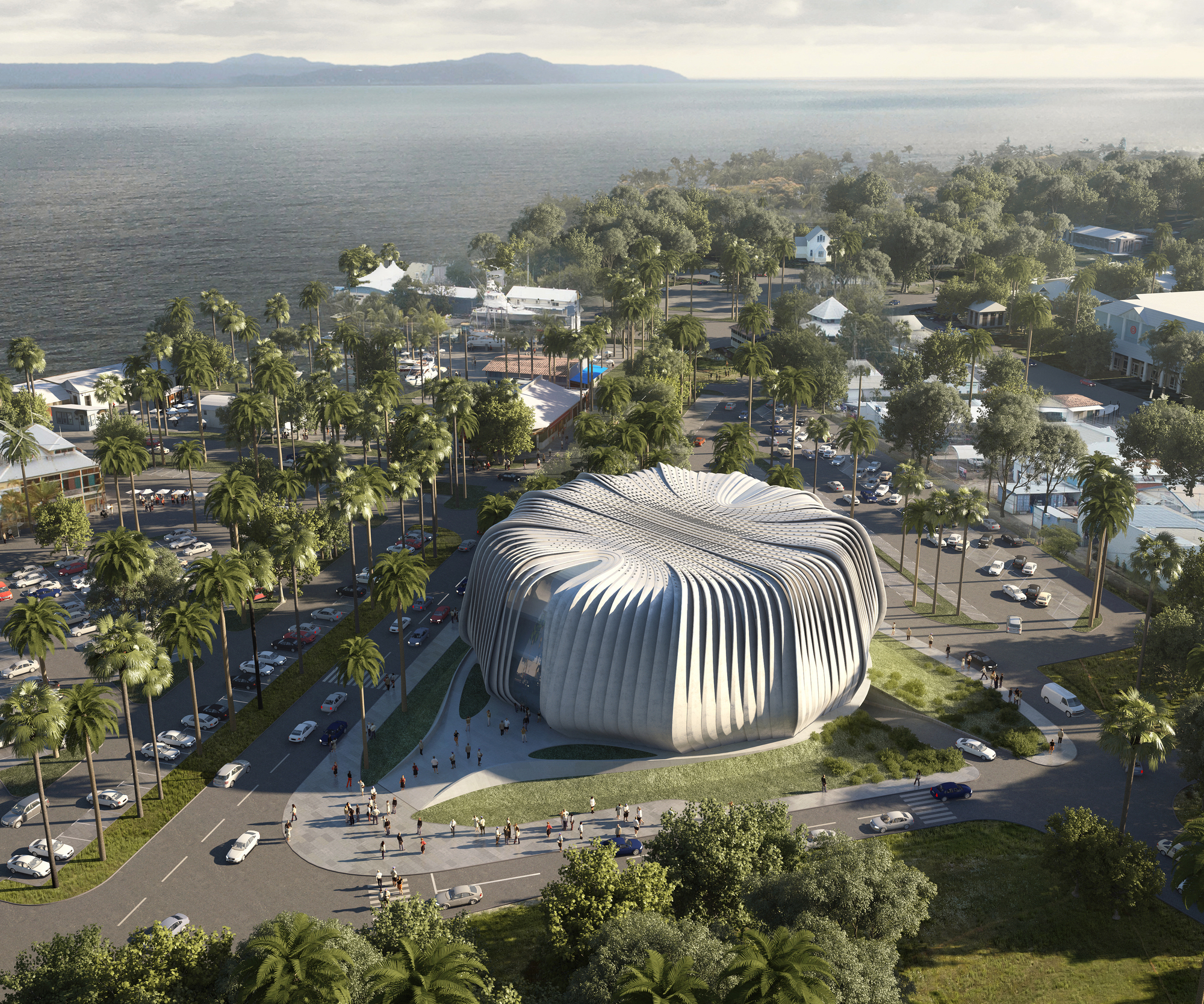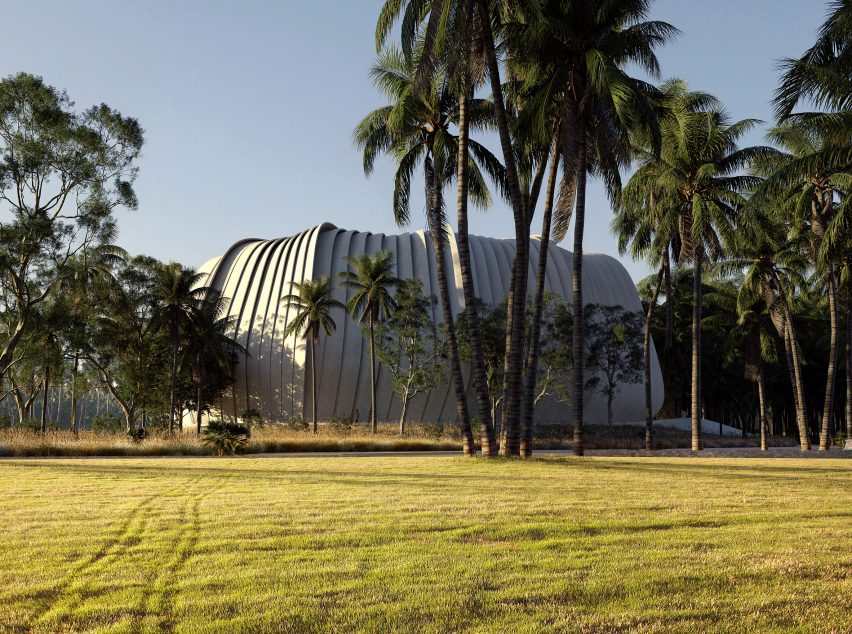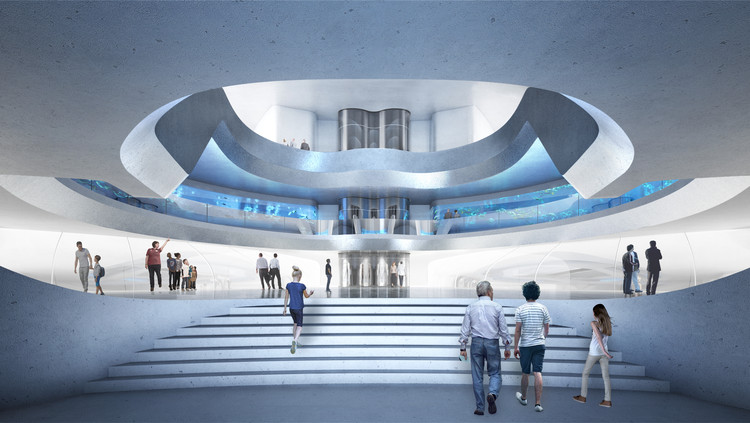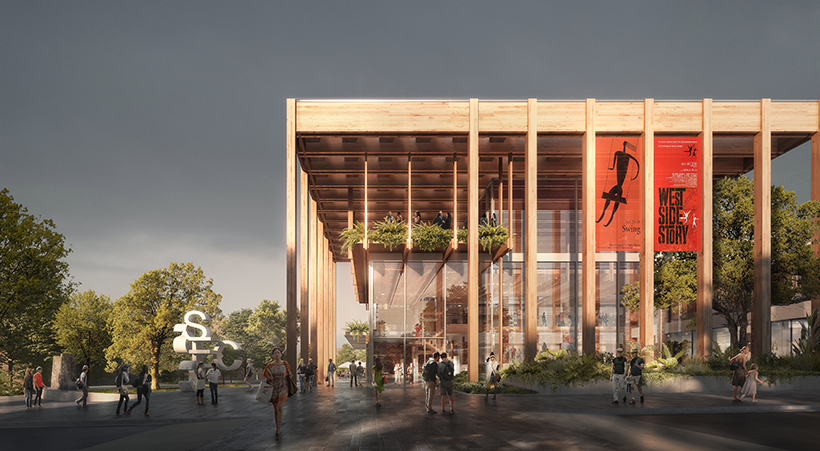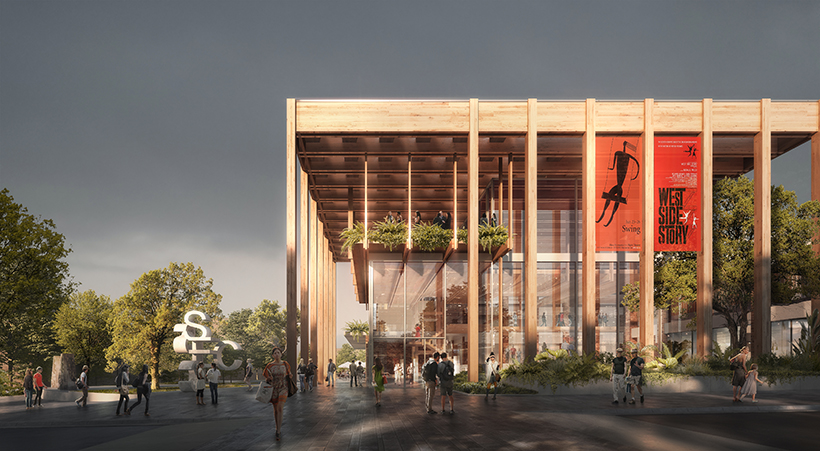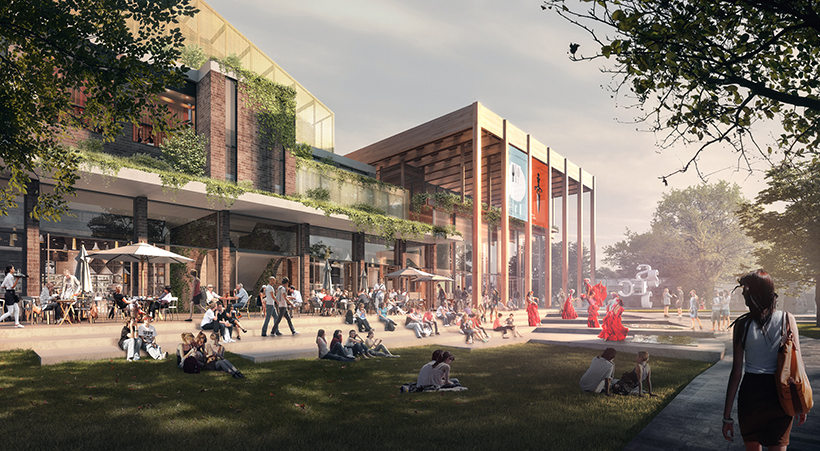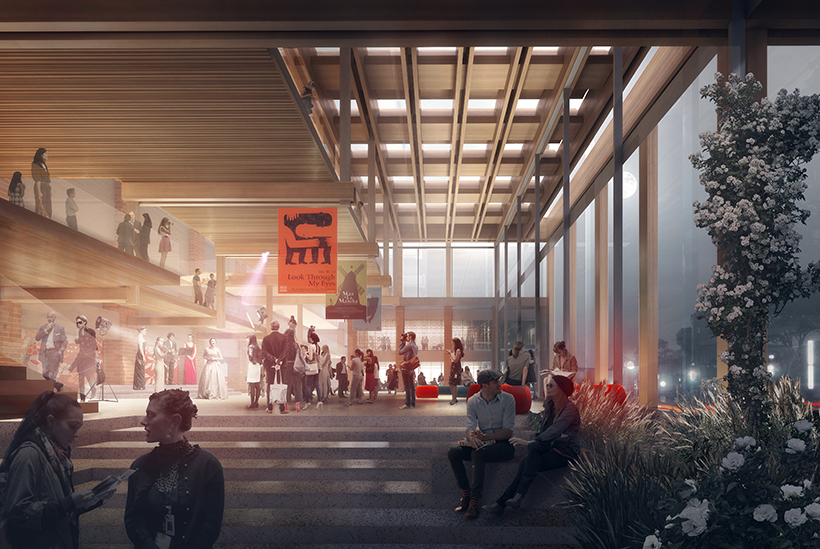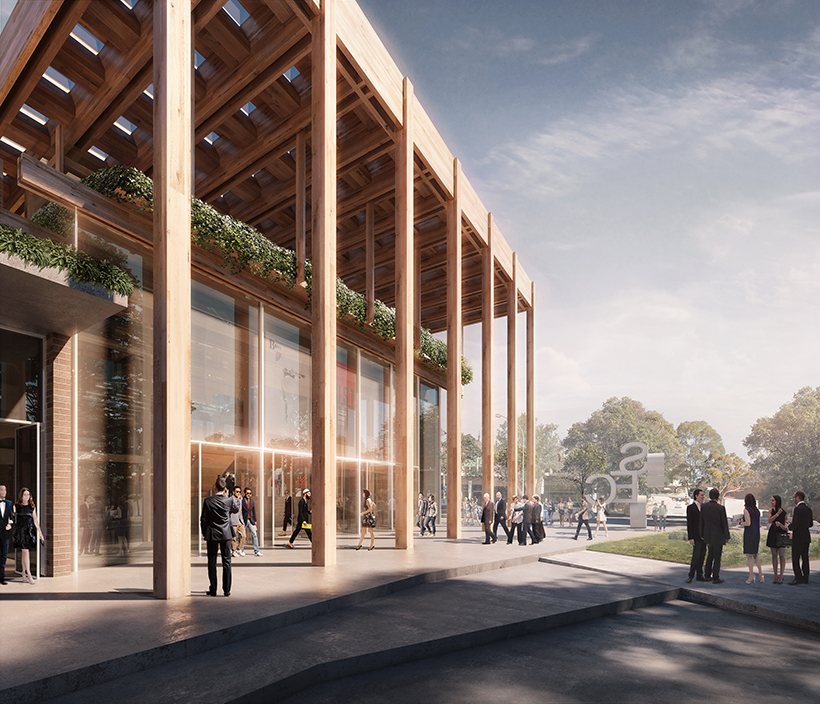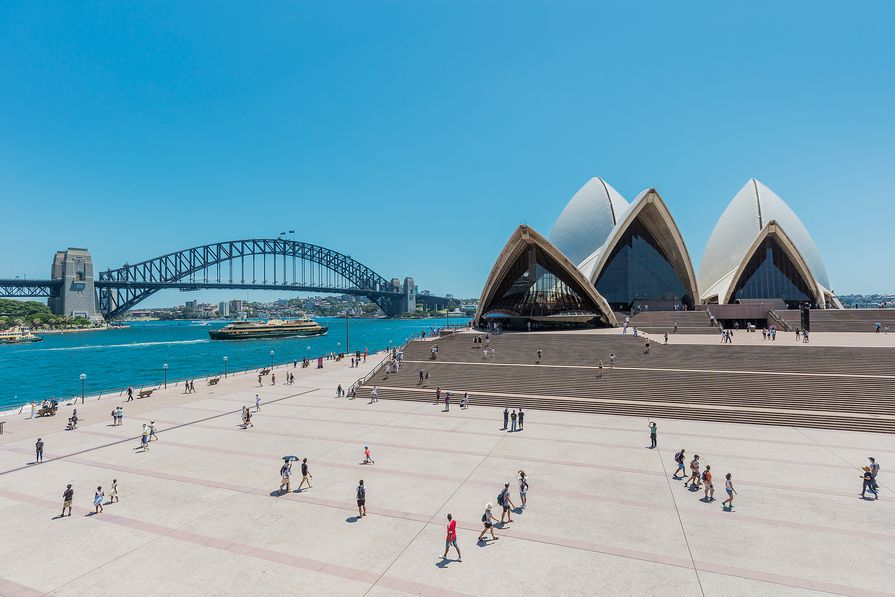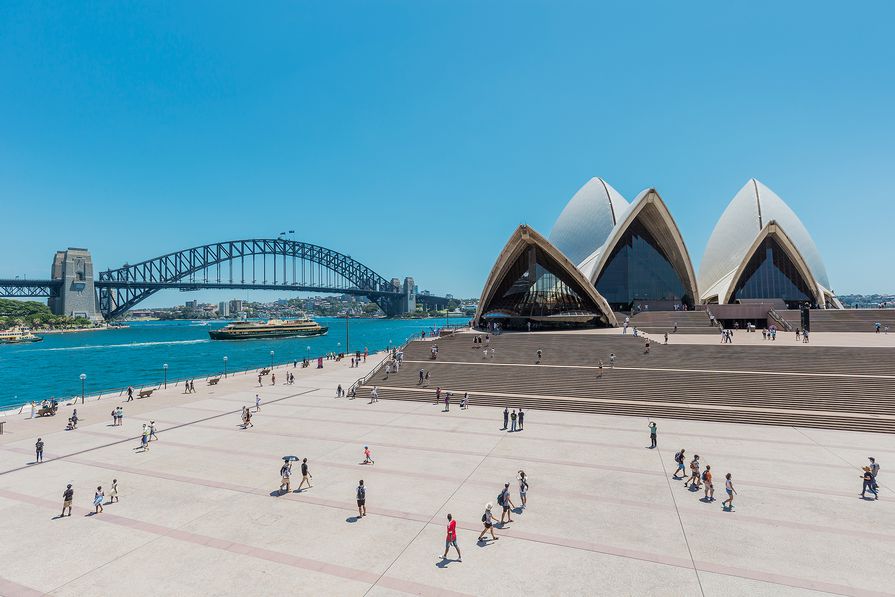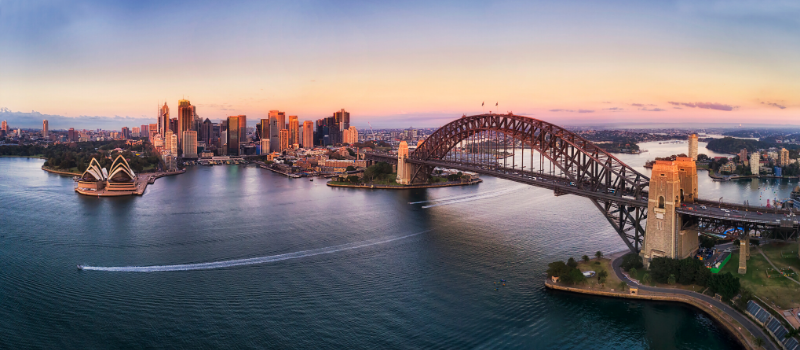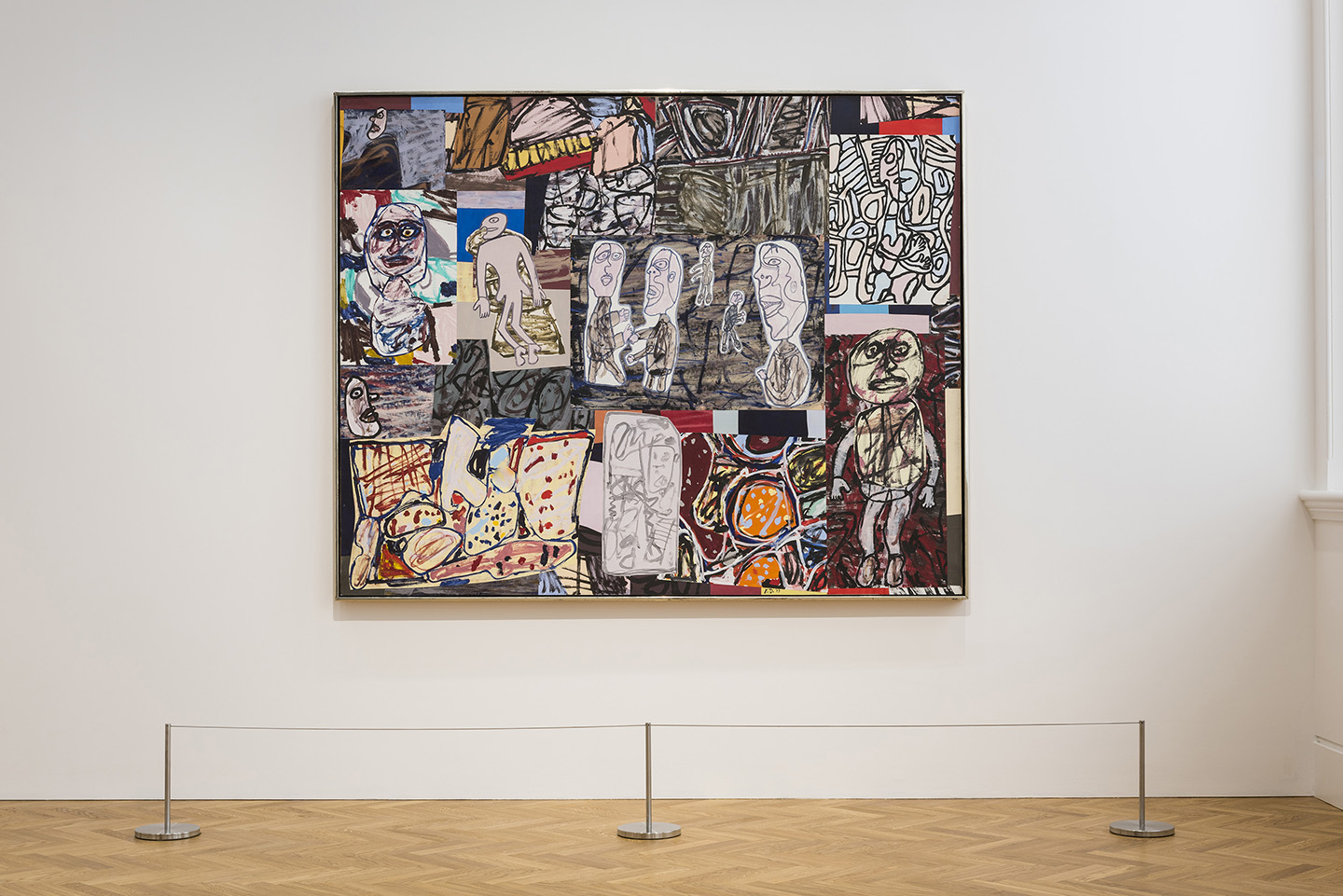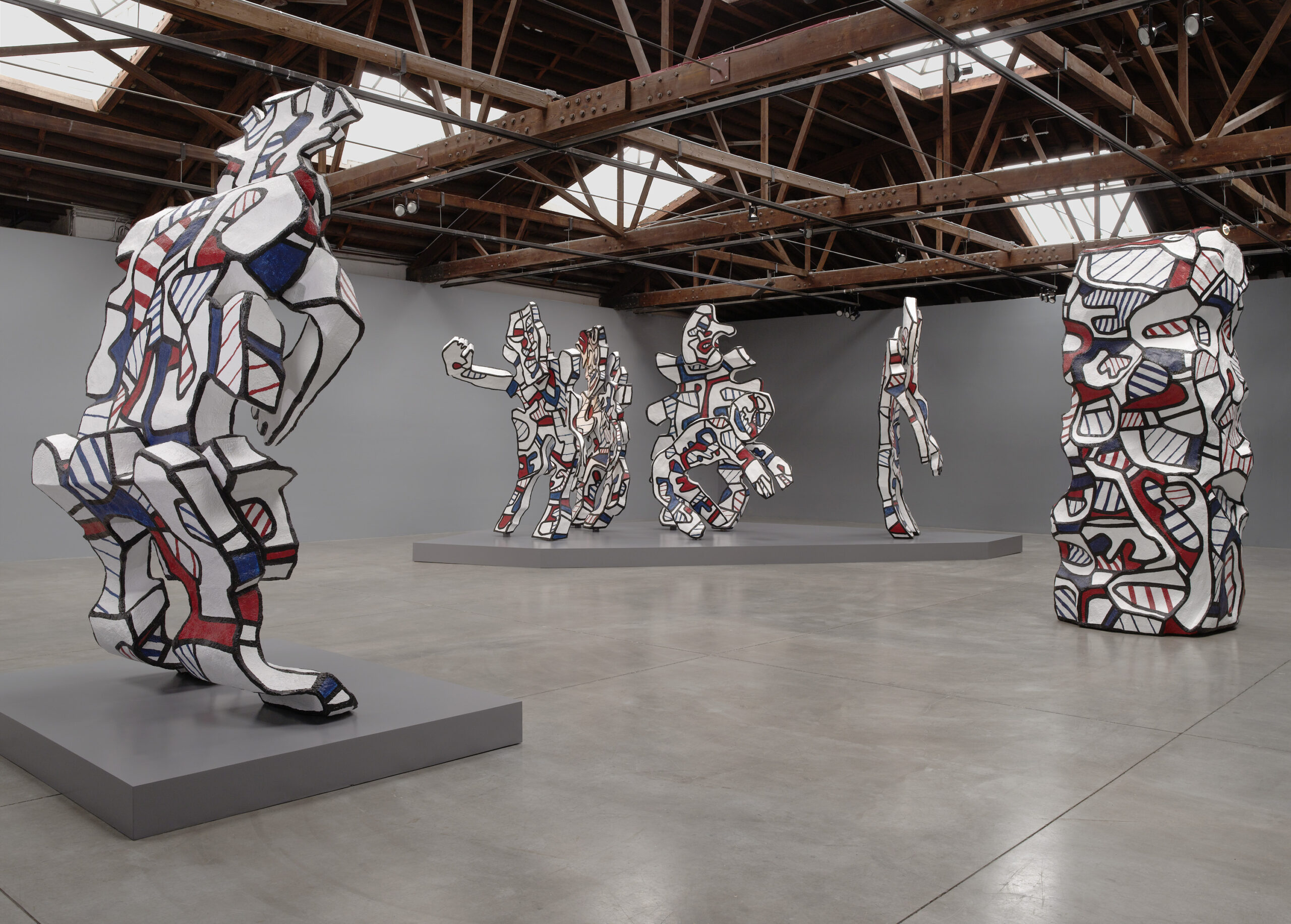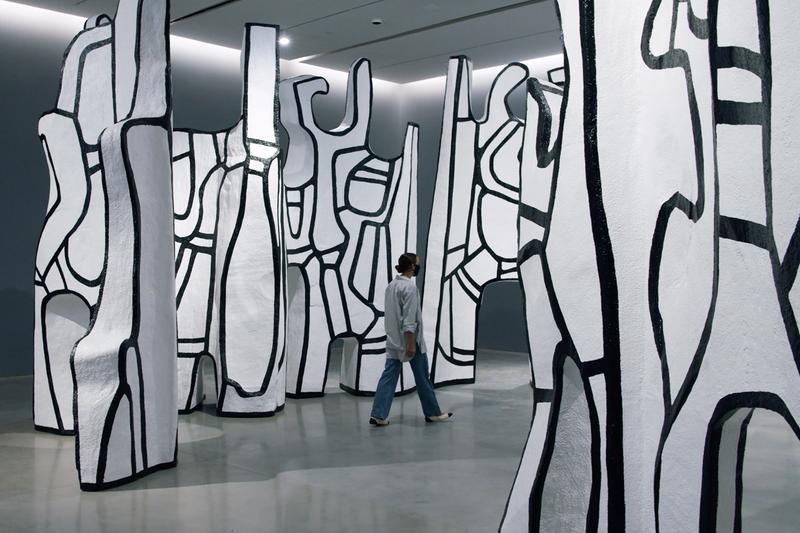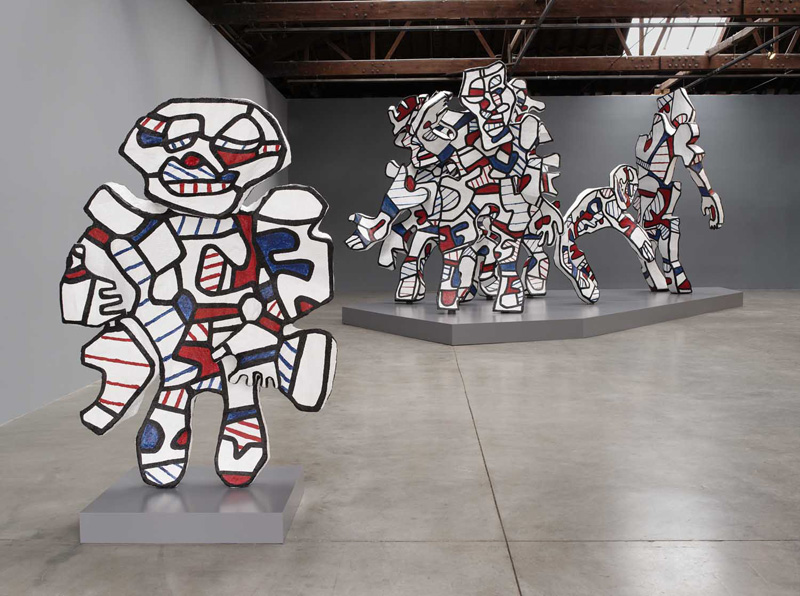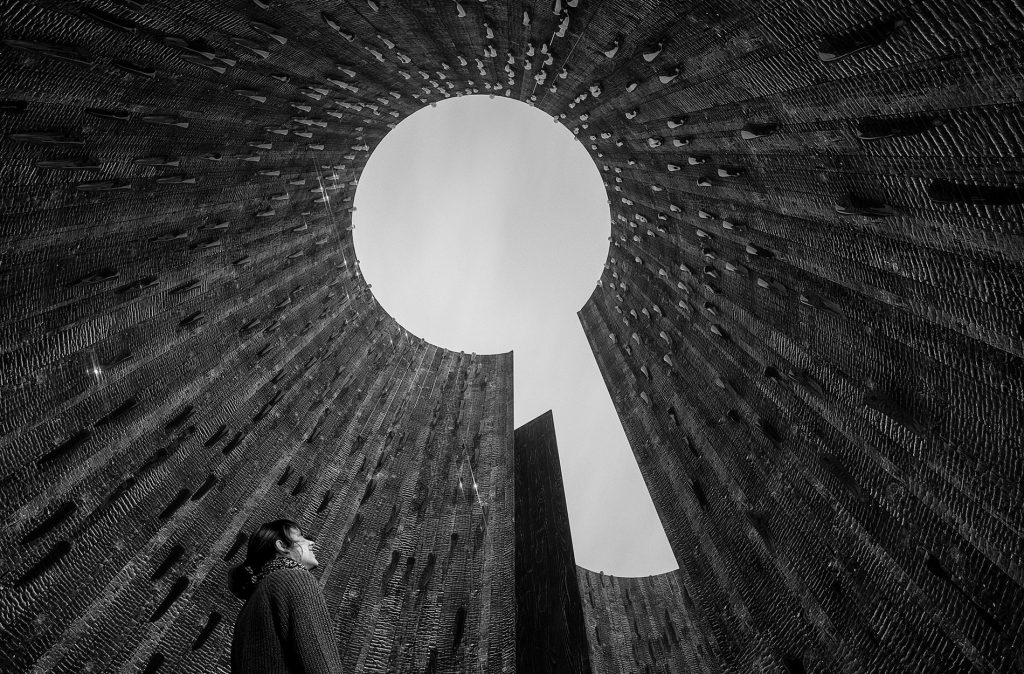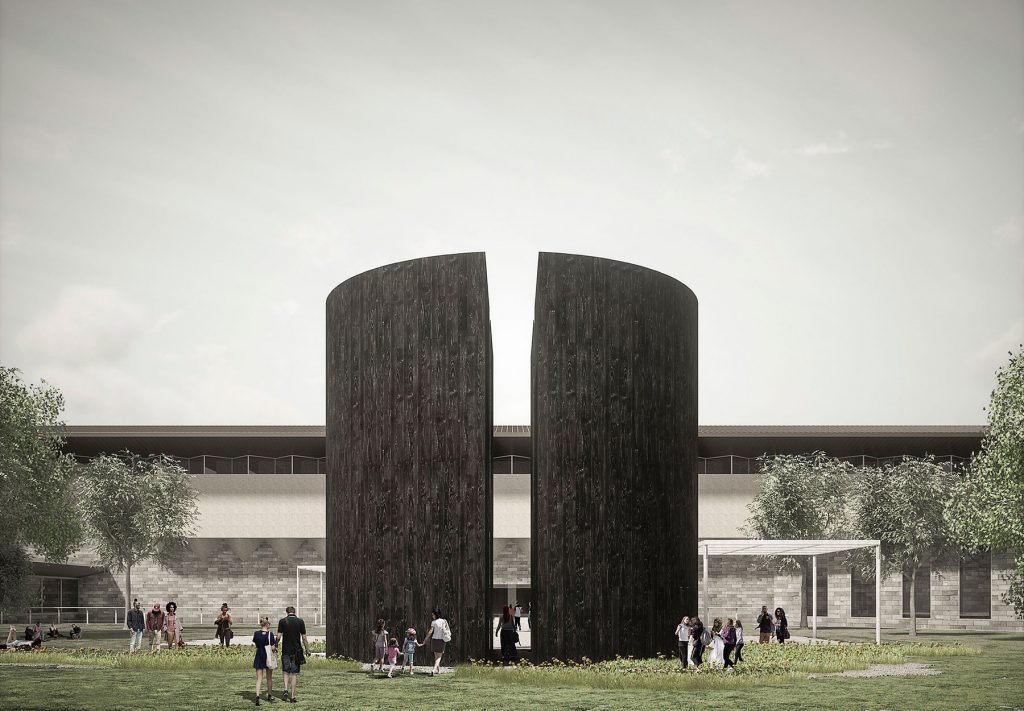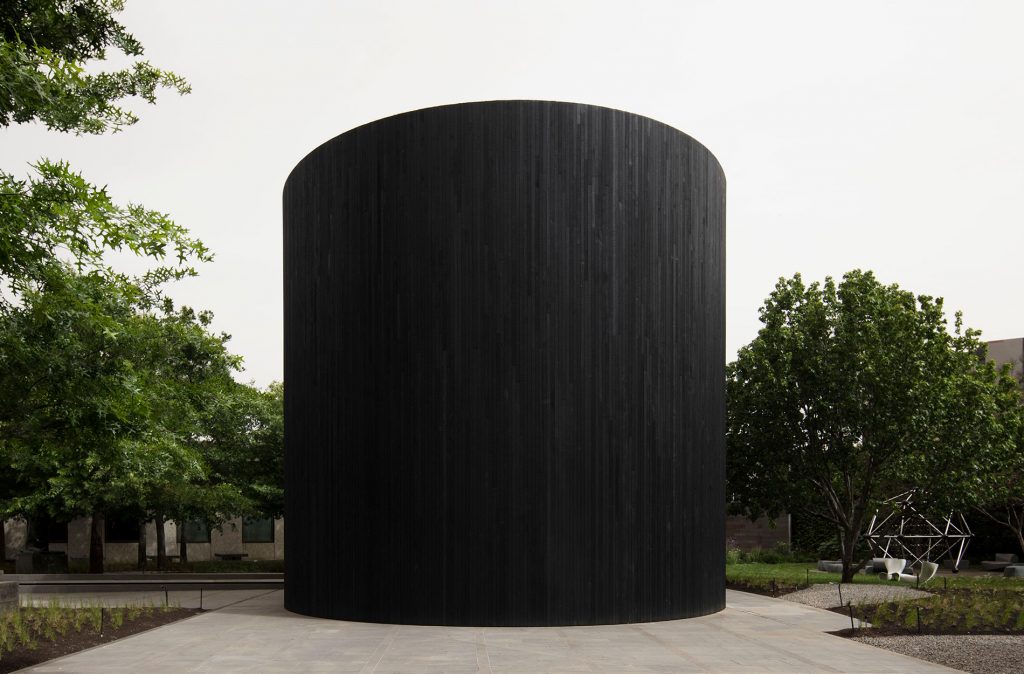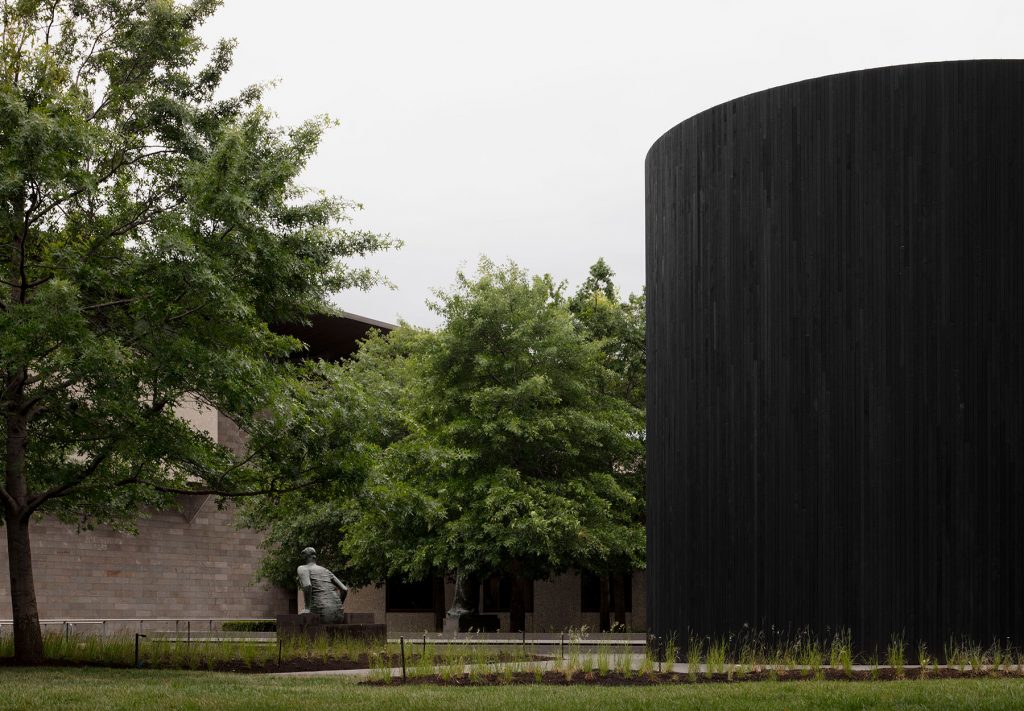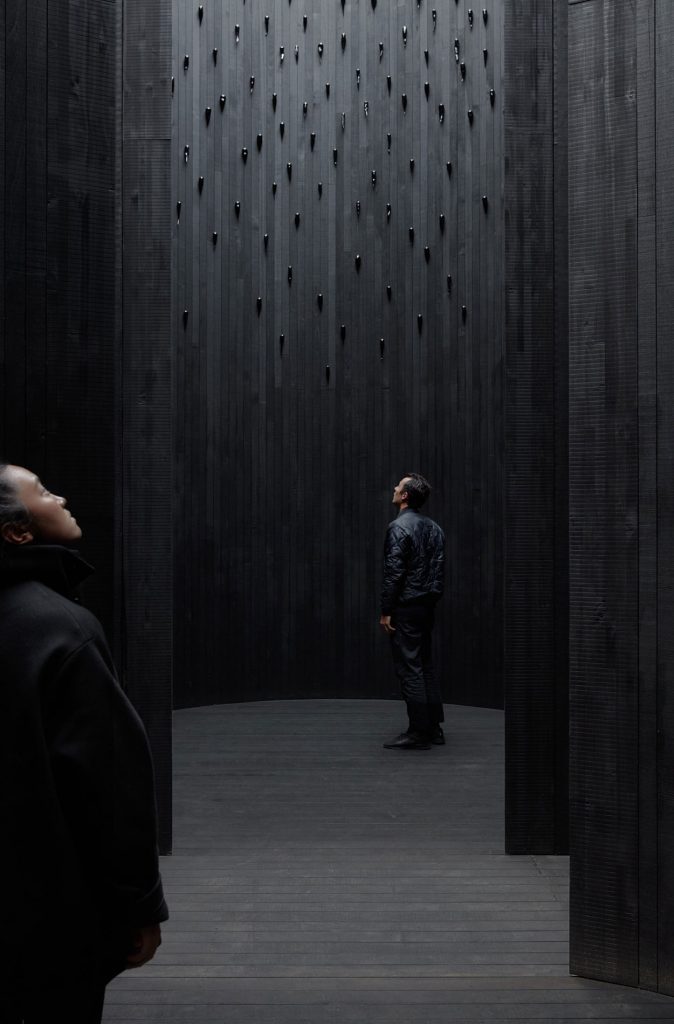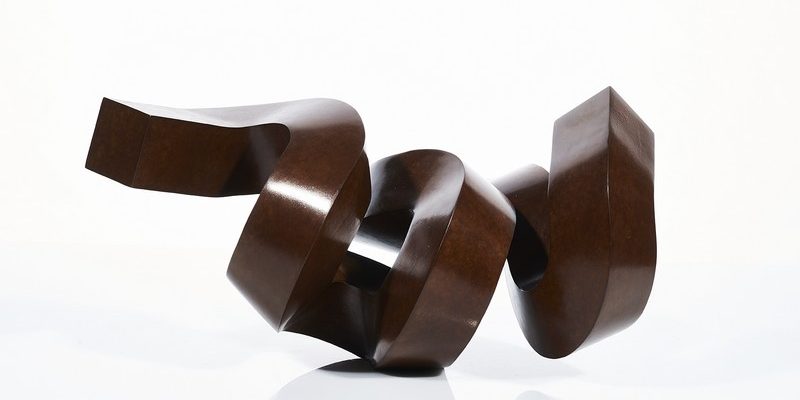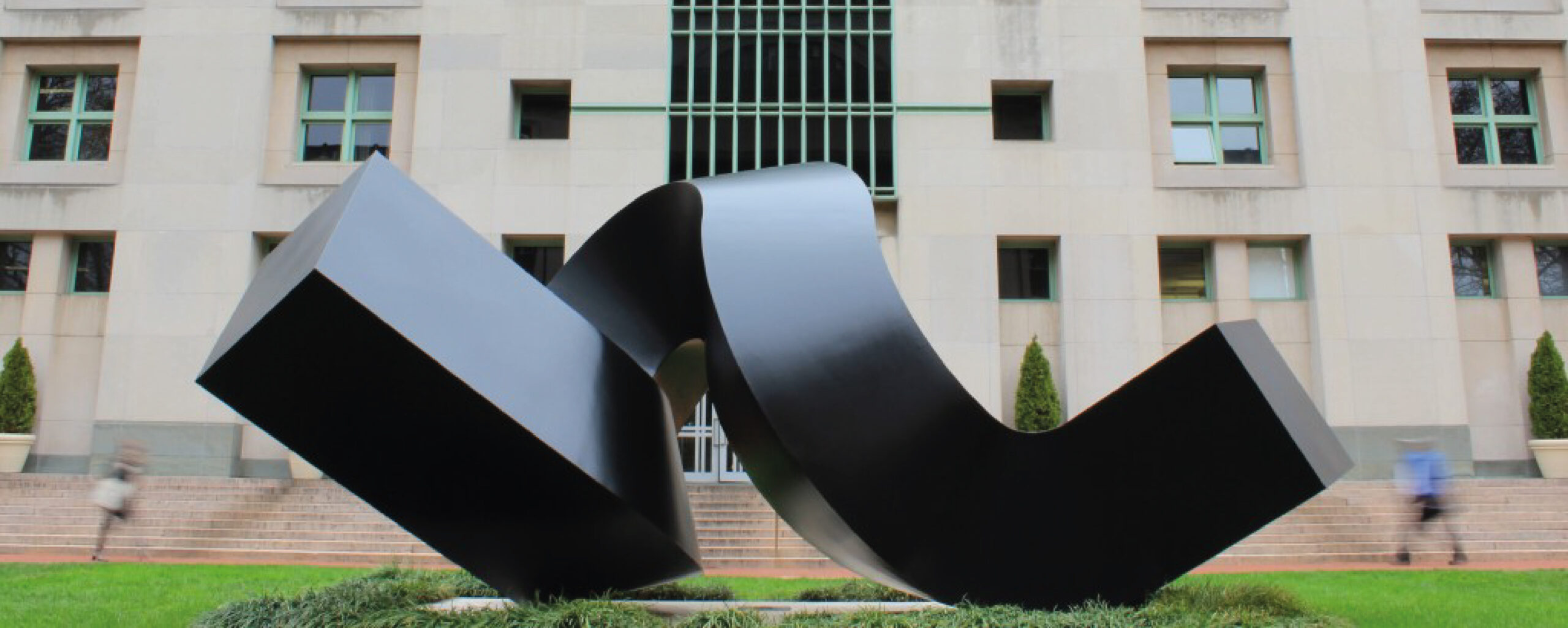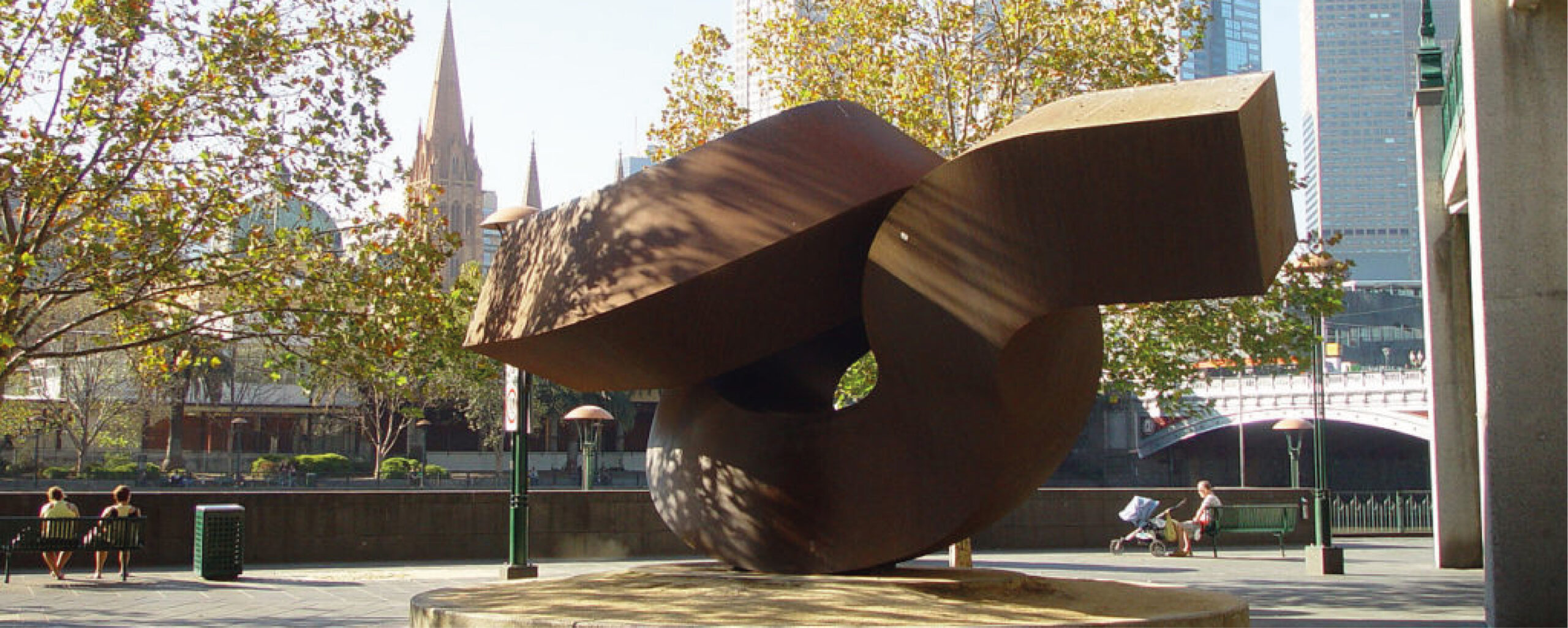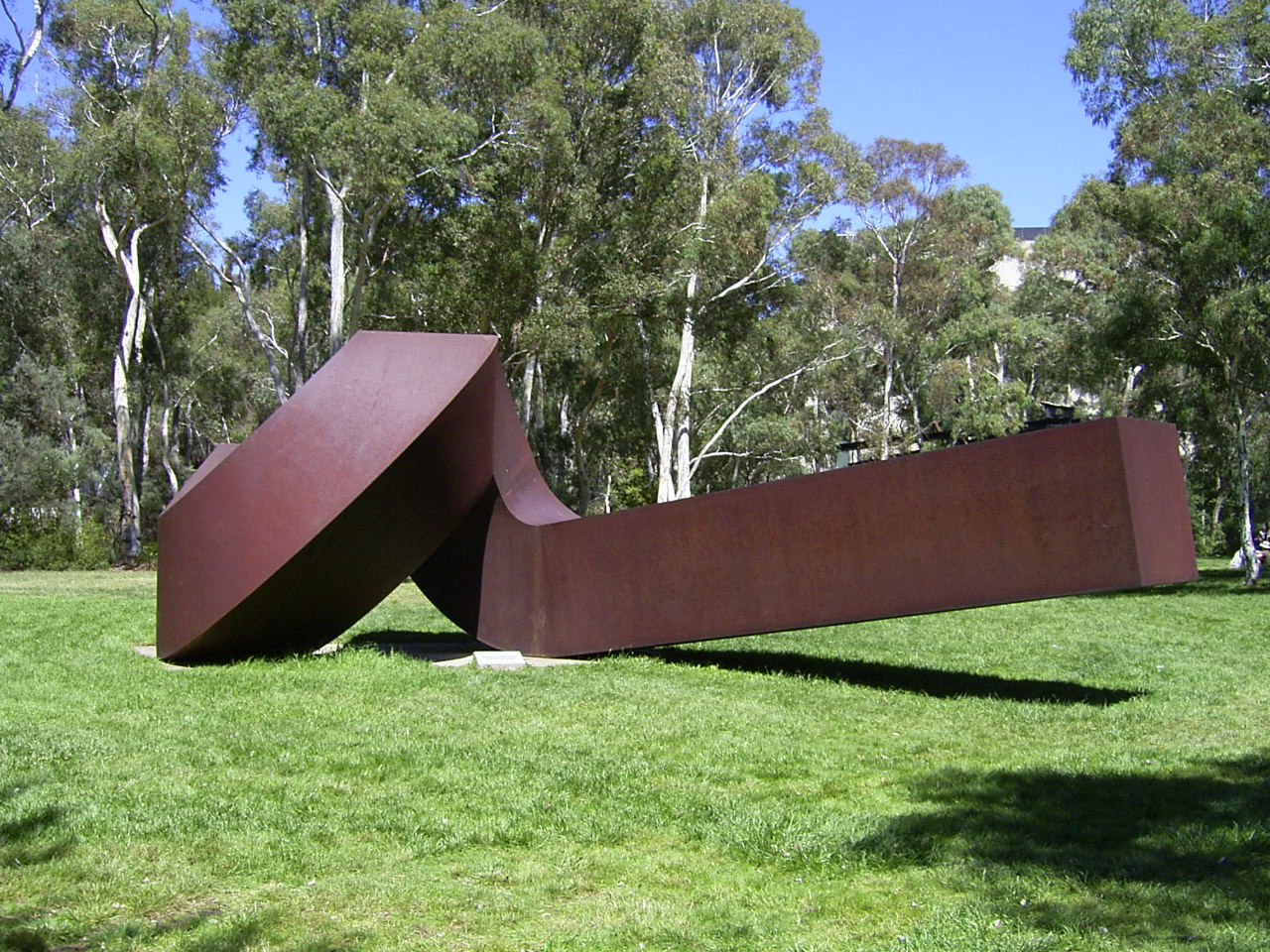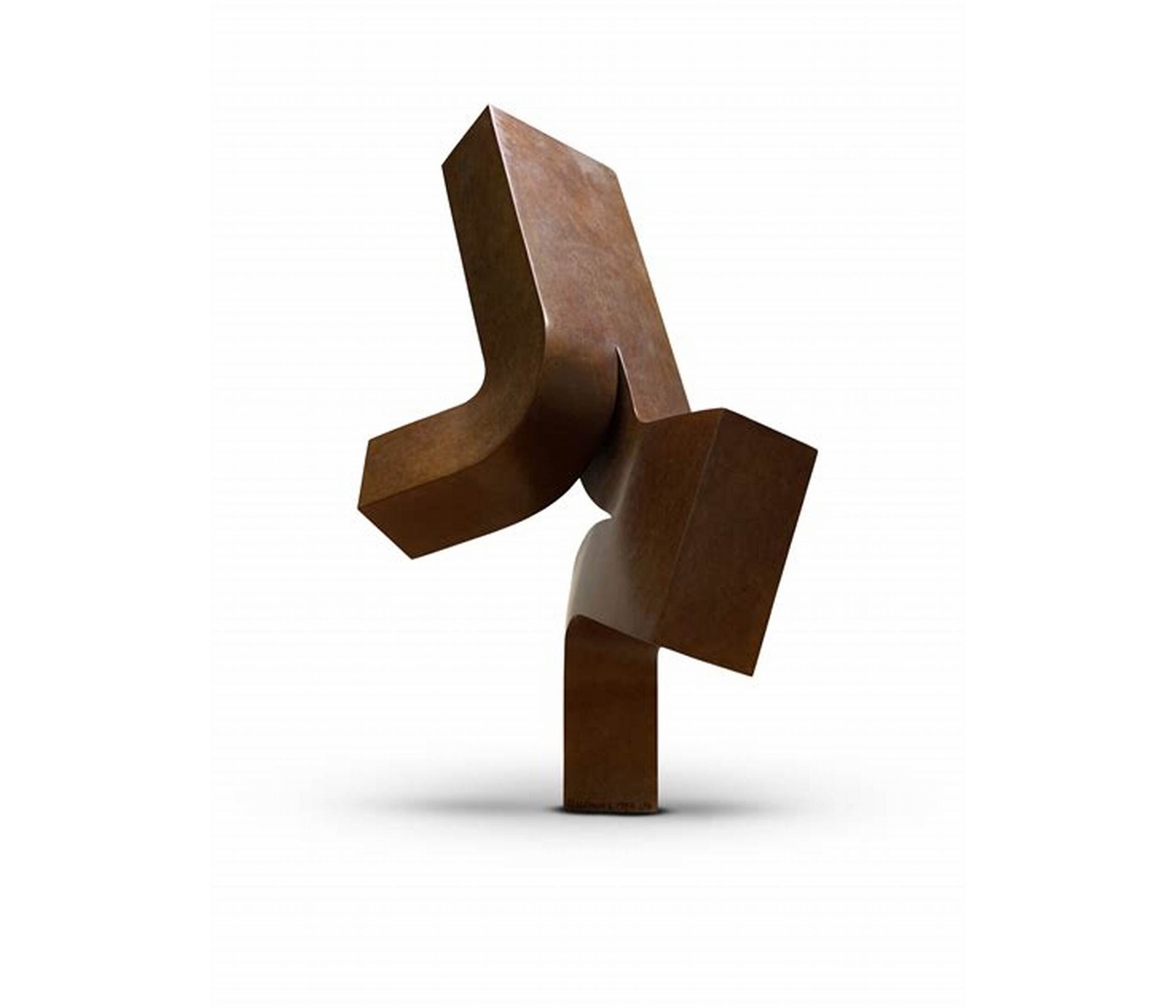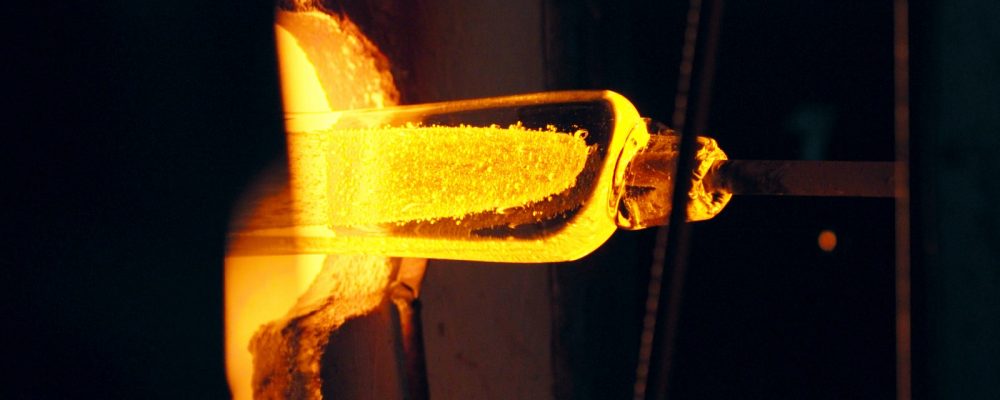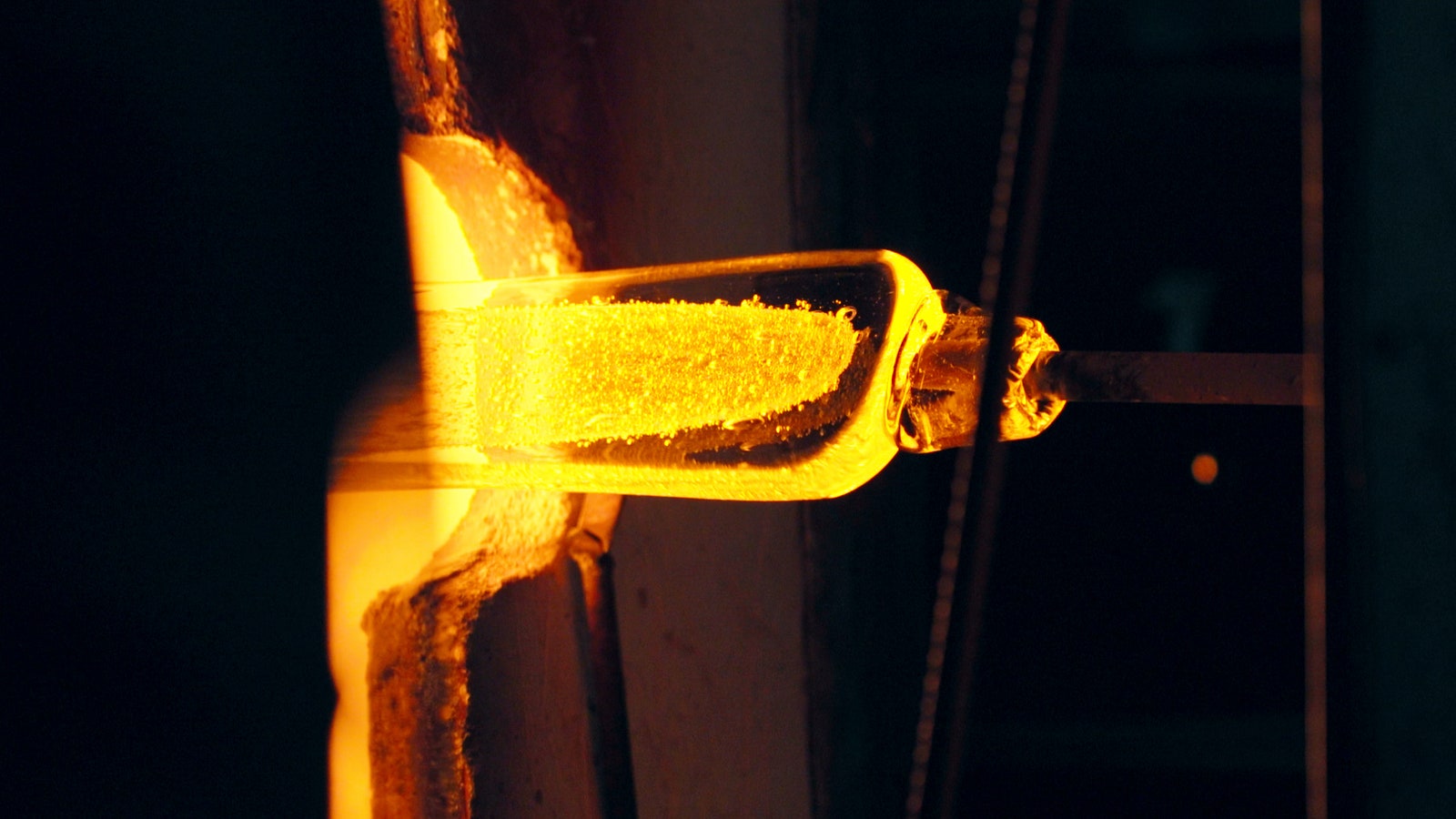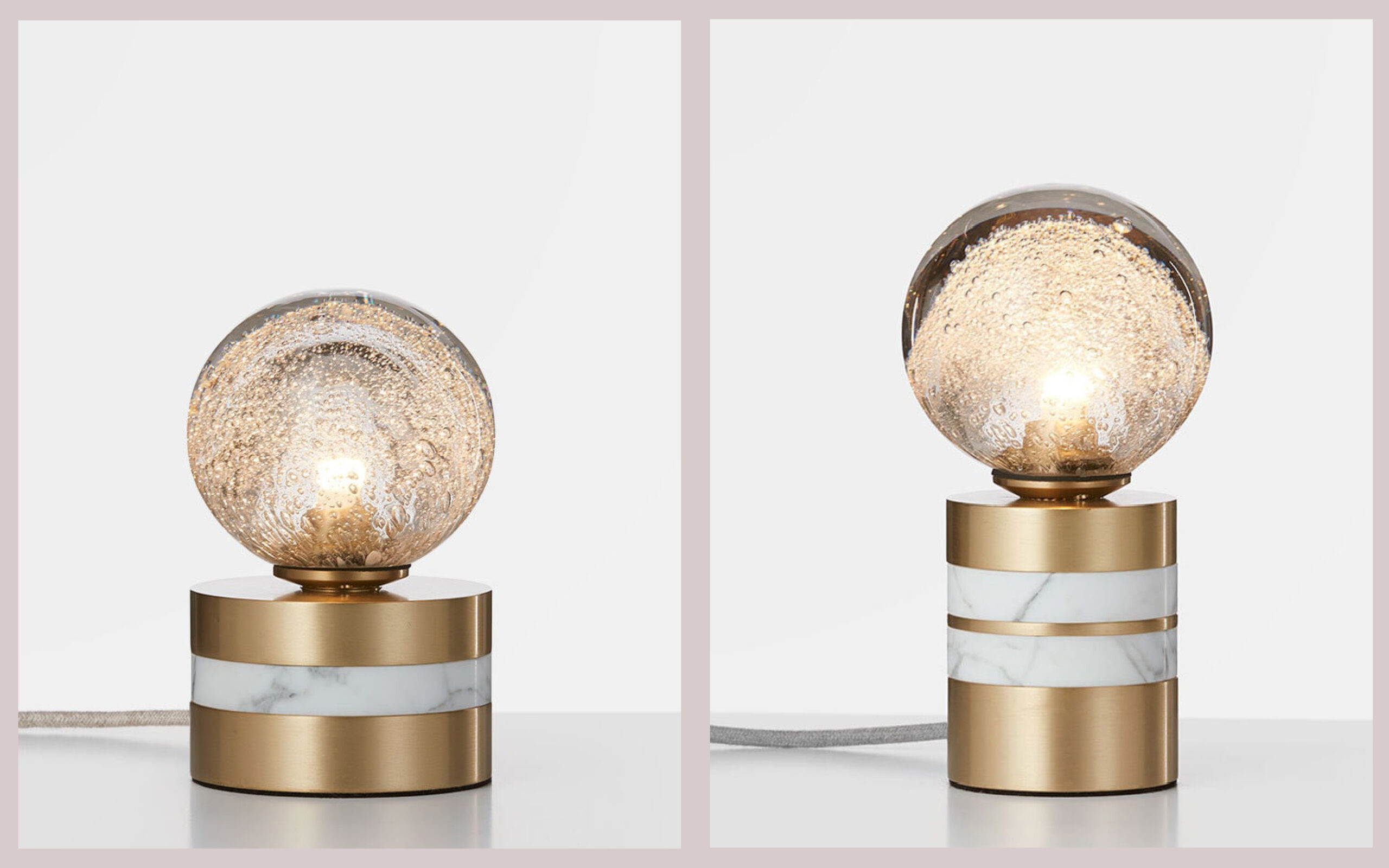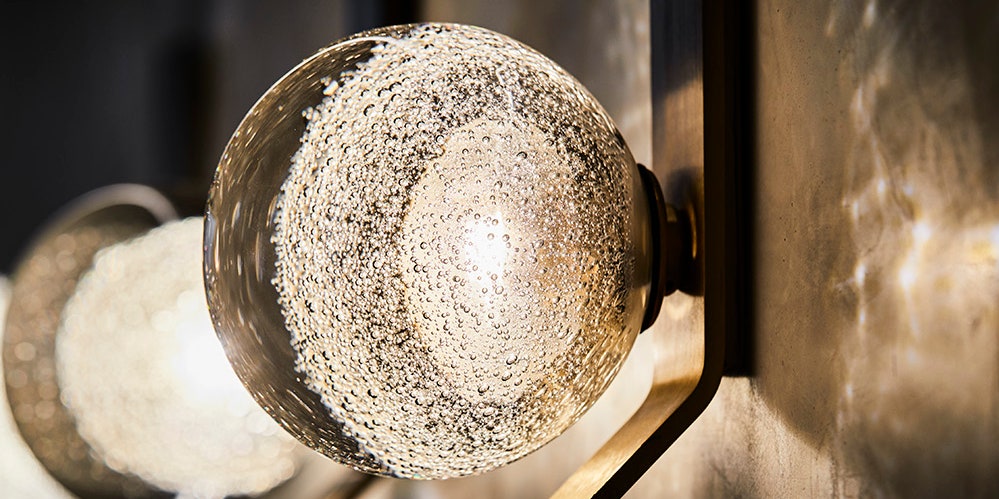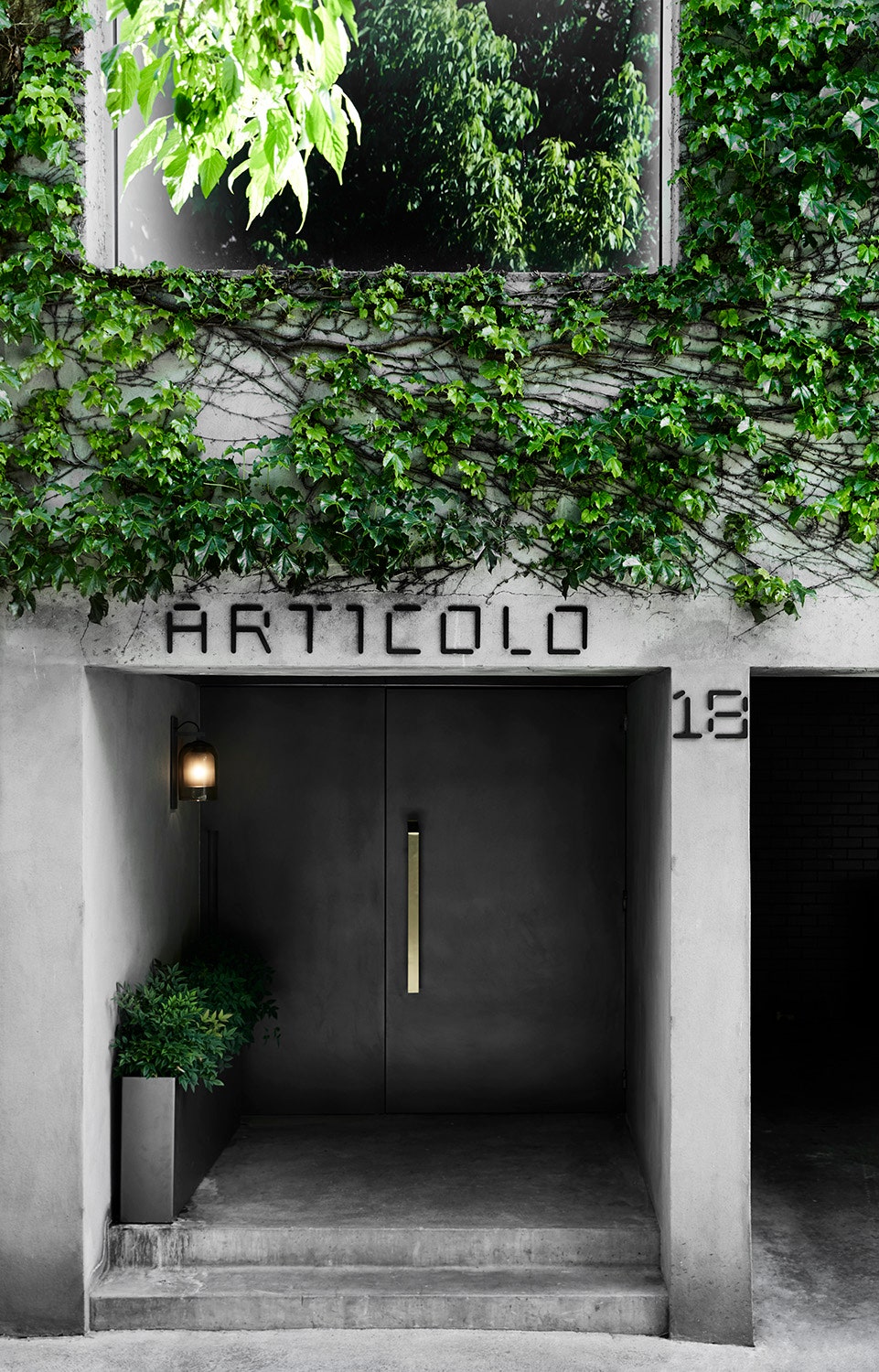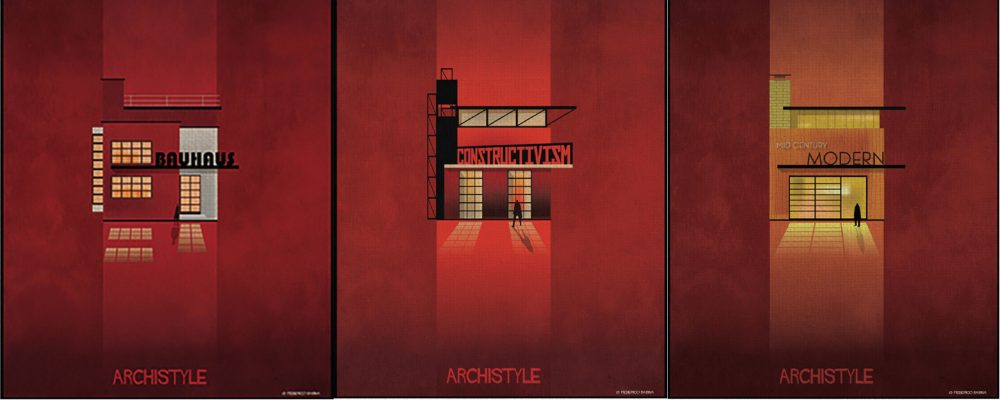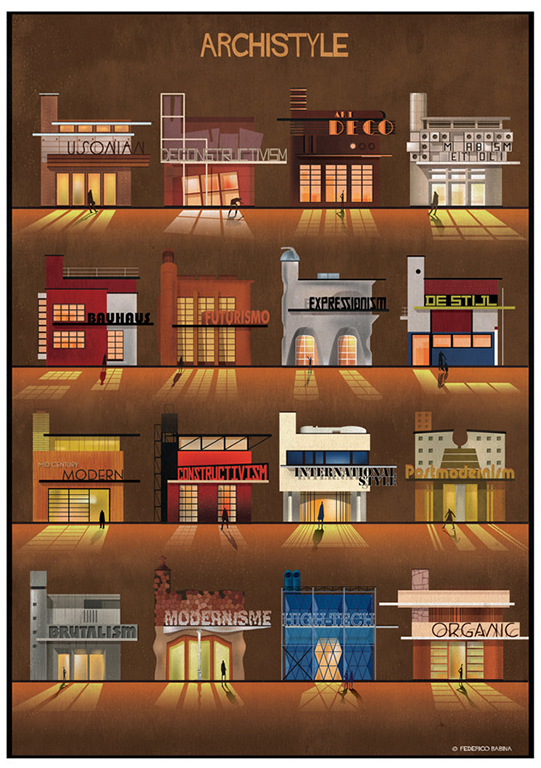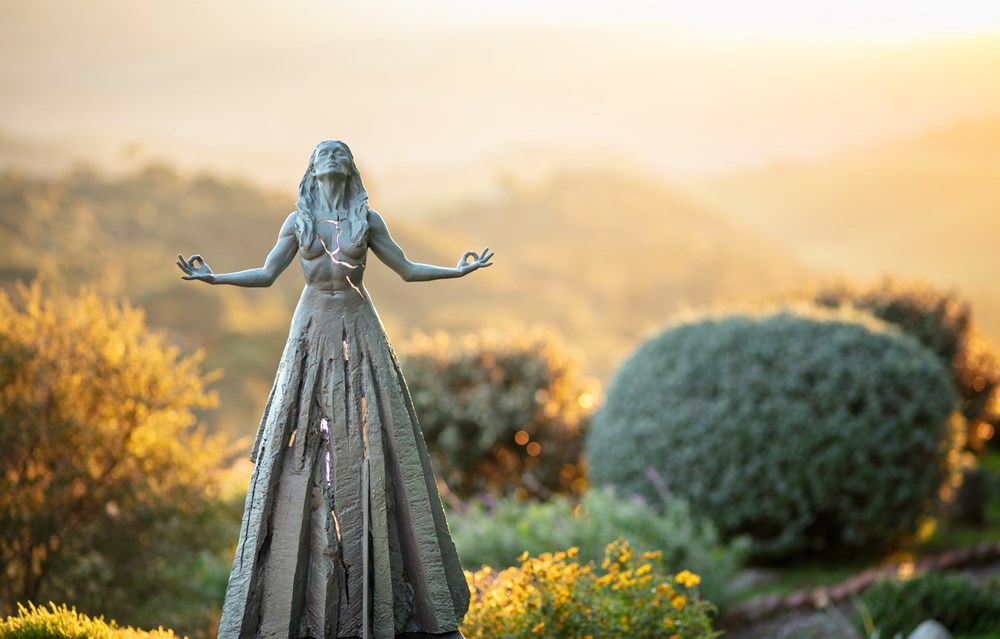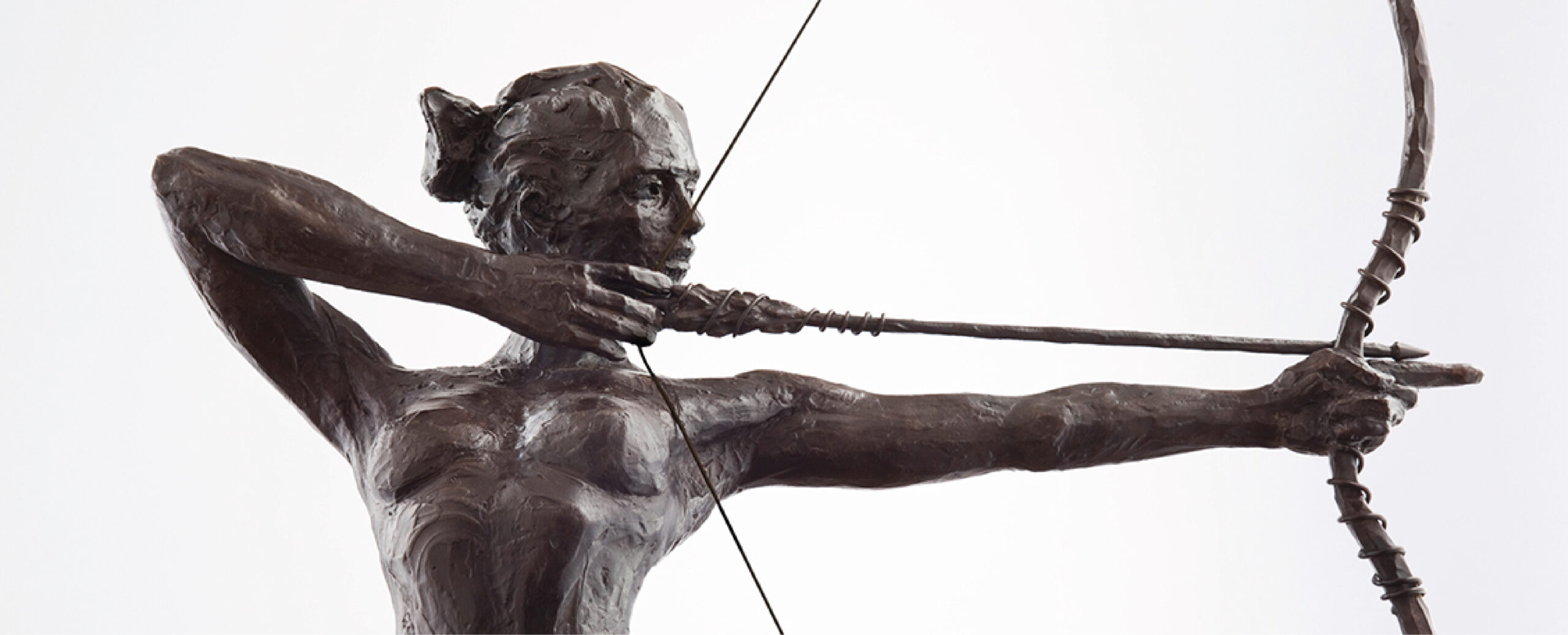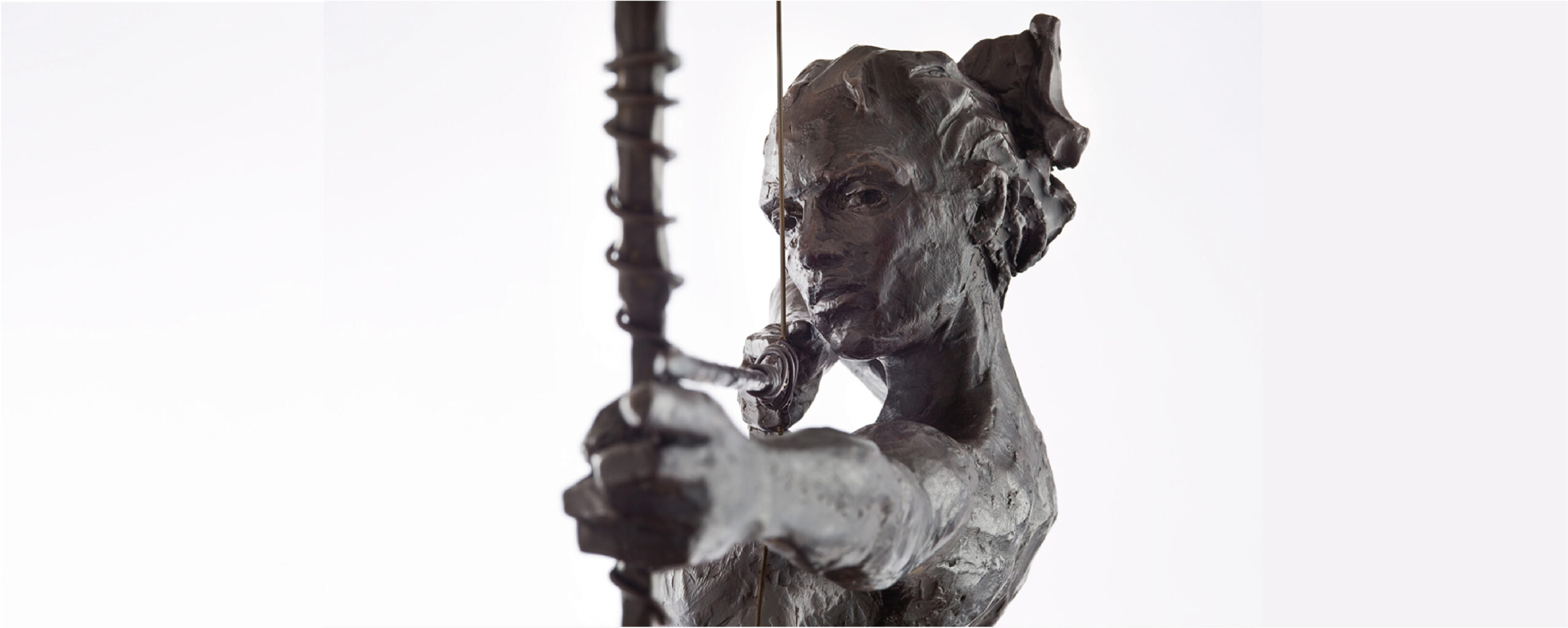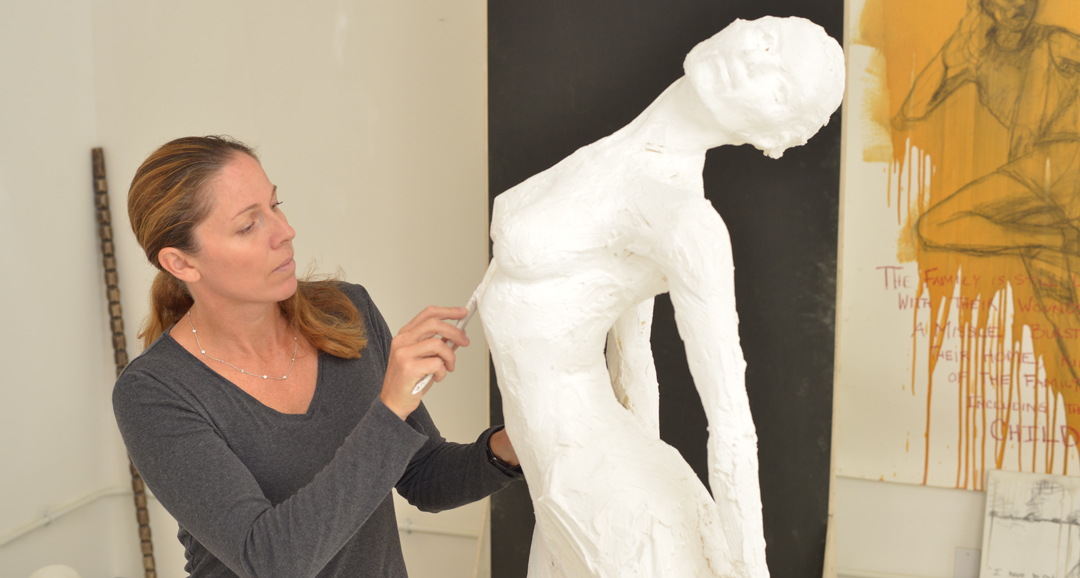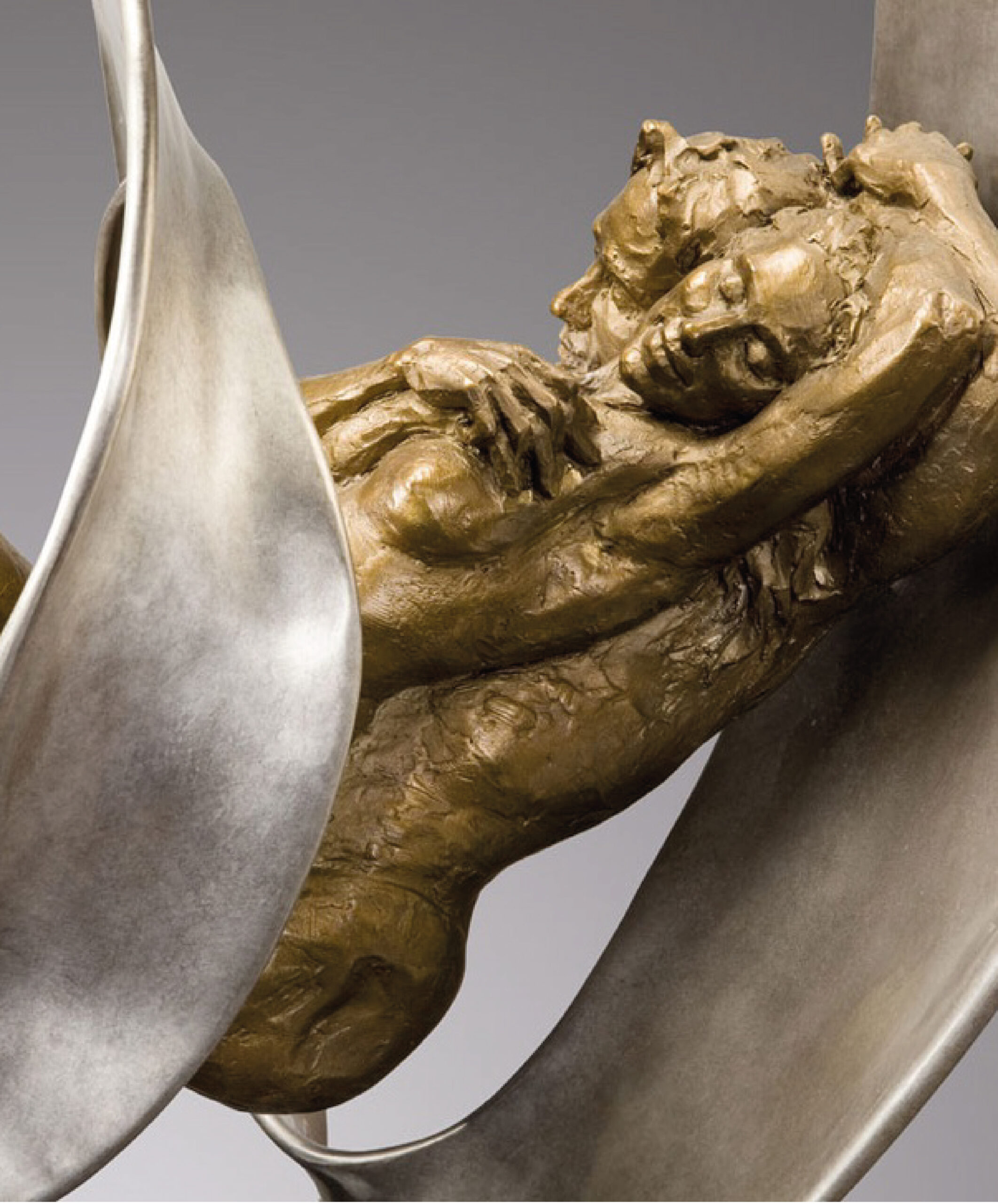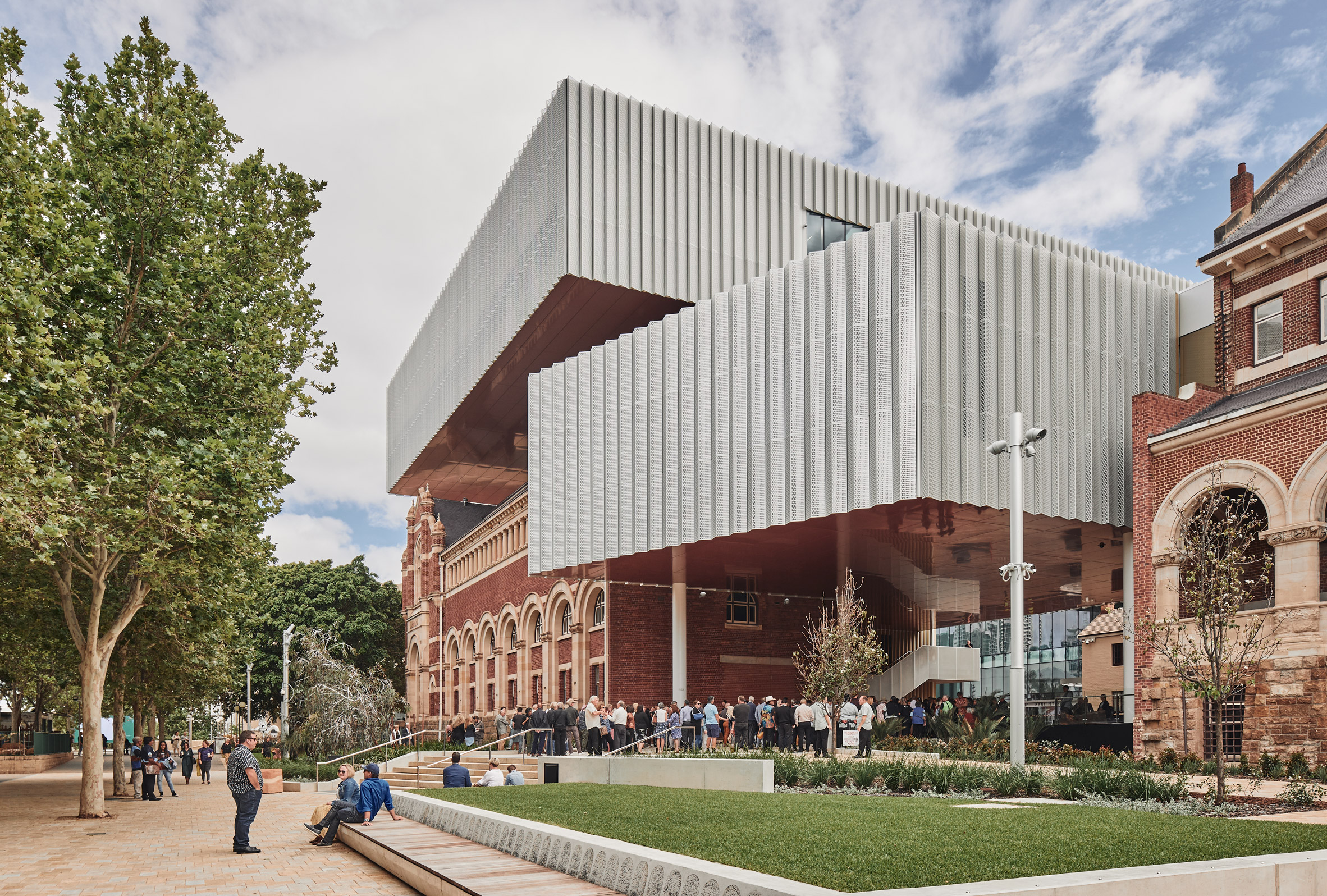
WA Museum Boola Bardip opens in Perth
The long-awaited $400 million WA Museum Boola Bardip has opened, close to a year after the building was completed.
Architects Hassell and OMA describe the museum as “a collection of stories about Western Australia’s diverse and rich history, and contemporary culture.” Its name, Boola Bardip, means “many stories” in Whadjuk Noongar language.
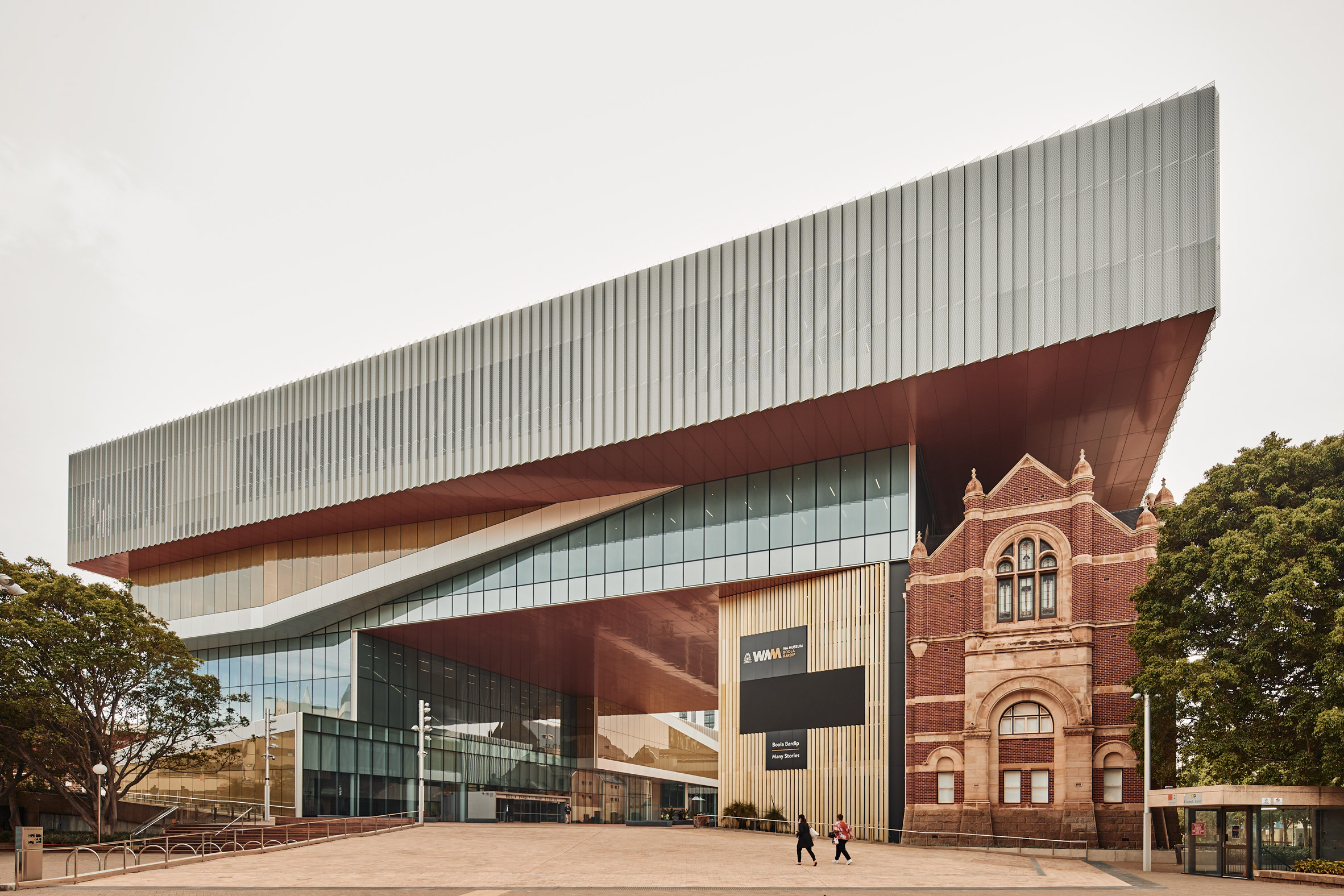
“The museum carefully combines and embraces historic and contemporary architecture to provide opportunities for exploration, sharing of ideas, and ongoing storytelling,” said Hassell principal Mark Loughnan.
A number of heritage buildings at the Perth Cultural Centre, including the Old Gaol, the Jubilee Building, the original Art Gallery and Hackett Hall, have been enveloped in two intersecting circulation loops – one vertical, one horizontal – culminating in the centre at a public space referred to as the City Room, which accommodates a variety of activities and exhibitions. A large volume cantilevers over Hackett Hall, which shelters the City Room.
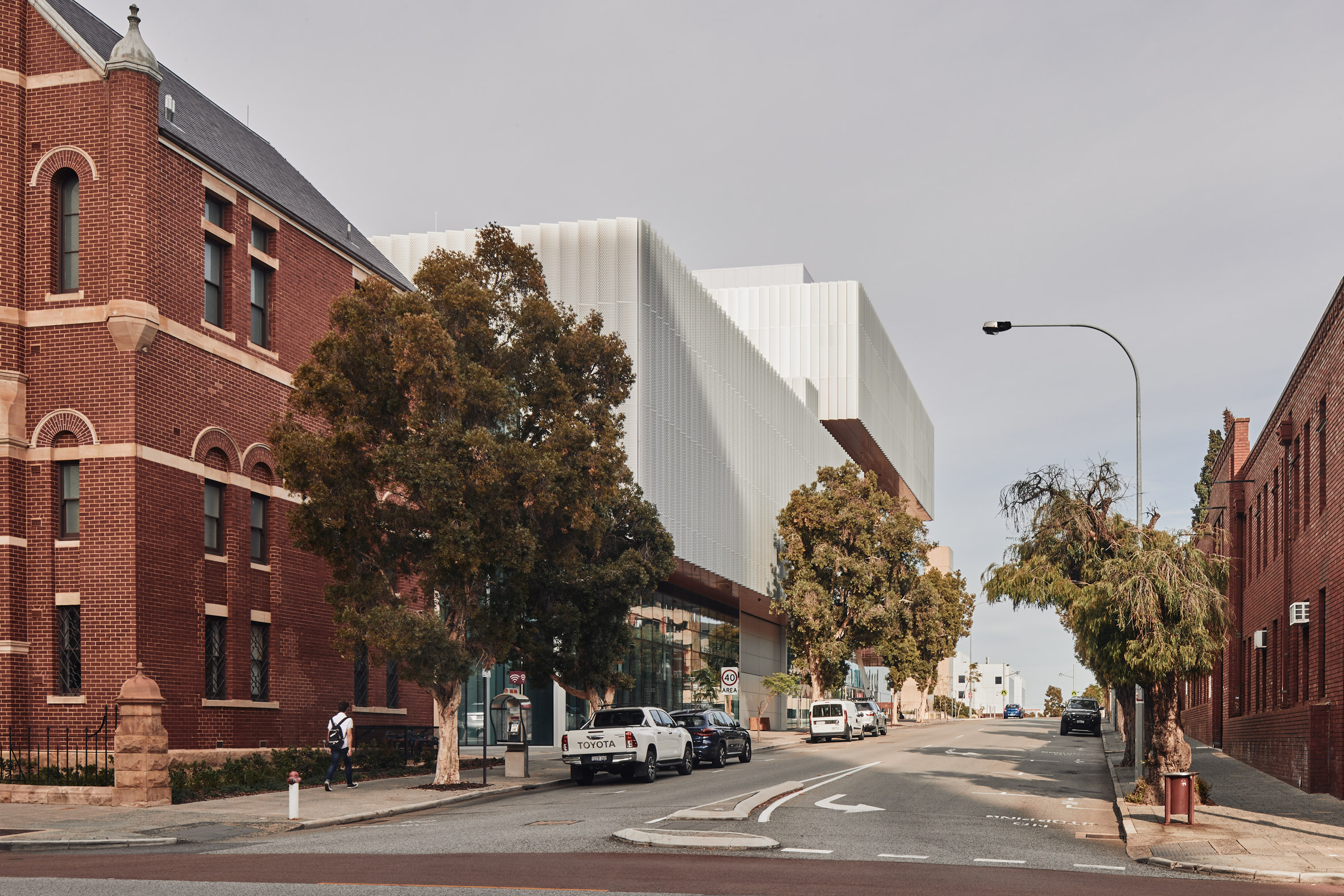
The museum includes eight new permanent exhibition galleries, a 1,000-square-metre special exhibition gallery, learning studios, retail, and a café.
Below where the cantilevers of the new structures meet old buildings, Hassell and OMA have landscaped a large sheltered plaza.
Named the City Room, this space is the museum’s centrepiece and will be open for public events and activities hosted by the museum and other institutions in Perth Cultural Centre.
Inside, the refurbished historic buildings and new structures are woven together two intersecting circulation loops – one that extends vertically and one that wraps the buildings horizontally.
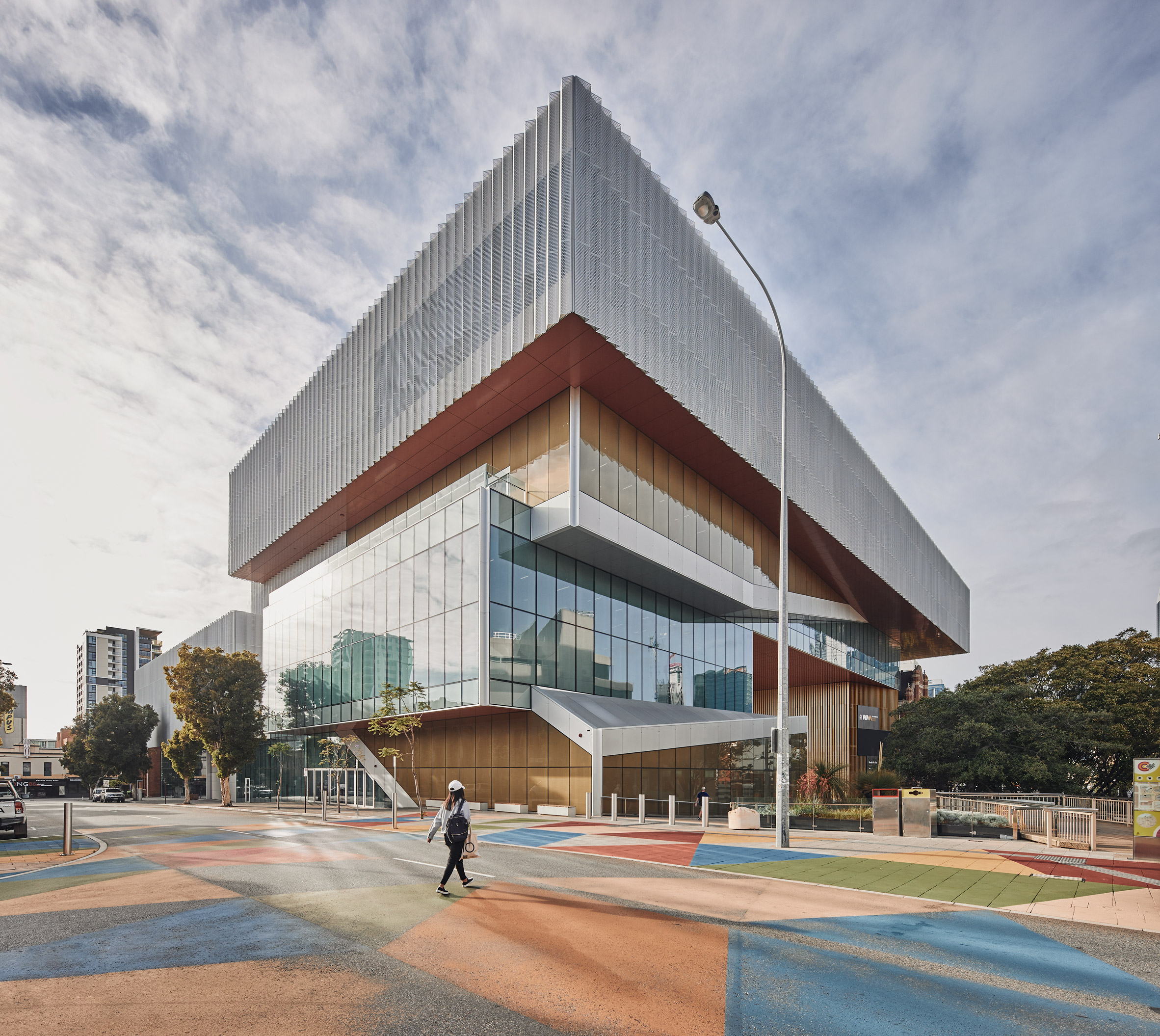
These loops offer multiple routes around the museum and encourage visitors to explore and meander freely through the museum.
“The museum is unique in both the Australian and international cultural landscape,” said OMA regional director Paul Jones. “It invites visitors to not only passively look at exhibitions, but also become active creators of their own museum experiences. Visitors can choose museum journeys relevant to them and engage in dialogues with each other.”
“The new WA Museum Boola Bardip is simply spectacular,” said premier Mark McGowan. “I have no doubt Western Australians will be blown away by its stunning architecture and fascinating exhibits.”
written by : ArchitectureAU Editorial
24 Nov 2020
published in : architectureau.com
Last Posts
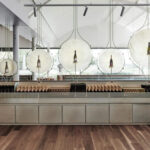
Chandon Australia by Foolscap Studio

LINA Architecture Platform Program
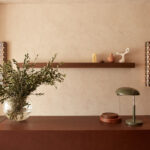
IN BED Armadale Store by Flack Studio
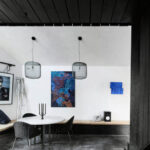
Host House by Splinter Society Architecture
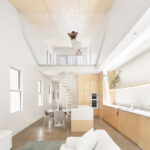
Thomson House by C.Kairouz Architects

Hyde Park House / Robeson Architects
WA Museum Boola Bardip opens in Perth
The long-awaited $400 million WA Museum Boola Bardip has opened, close to a year after the building was completed.
Architects Hassell and OMA describe the museum as “a collection of stories about Western Australia’s diverse and rich history, and contemporary culture.” Its name, Boola Bardip, means “many stories” in Whadjuk Noongar language.
